
‘A Historian Recommends’ is a new series of recommendations from historians. The idea is that historians recommend a primary source or scholarly work that will be of relevance and interest to lay readers today. Aditya Mukherjee has recommended Sujay Biswas’s paper Gandhi’s Approach to Caste and Untouchability: A Reappraisal. Biswas is a Dalit scholar and a meticulous historian. His work on Gandhi in the context of untouchability, caste, the Indian freedom struggle and the oppression of Indians in South Africa (two papers besides this one are Gandhi’s Struggle Against Caste and Untouchability in South Africa, 1893-1914 and Gandhi, Ambedkar and the British Policy on the Communal Award) is worth reading not just for the way Biswas has collated the key readings of scholars on Gandhi from different perspectives, in this context, but also for how he has then gone back to crucial primary sources to construct narratives far more complex than ones we give ourselves to usually. Whether one eventually agrees or disagrees with Biswas’s interpretation, it would be imprudent not to examine the gamut of facts and complexities his work brings forth.
In this paper Biswas first traces the origins of an array of criticisms from scholars – that place Gandhi squarely in the dock as a casteist or an apologist for caste – to B. R. Ambedkar’s 1945 publication, What Congress and Gandhi Have Done to the Untouchables. Ambedkar refers to Gandhi’s writings from 1921-22, in the Gujarati journal Navajivan, championing the caste system, not just as something useful in the past but also for the “unique powers of organisation” it can imbue Hindu society with in the present and future and the “eternal principle” of “hereditary occupation” it embodied. “Other critics,” Biswas writes, listing the critics and quoting their criticisms, “follow suit.”
In response, Biswas, in this paper, explores significant avenues that critics often miss out on. “It is suggested by Raghavan N. Iyer that political thinkers are properly studied without reference to their personalities and practice,” Biswas writes. “However, when one turns to Gandhi, one finds it particularly difficult to ignore his personality and his activities. Gandhi also very categorically said in 1932: ‘To understand what I say one needs to understand my conduct […].’” Biswas then goes ahead to study Gandhi’s ‘personality’ and ‘practices’: revolting against untouchability from a very young age; eating with people of different faiths and castes, including ‘untouchables’; allowing his sons to marry outside sub-castes and varnas and marrying his adopted daughter, an ‘untouchable’, to a Brahmin; not only doing work that was then considered ‘unclean’ – due to caste taboos – himself but also forcing it upon his family; him and two generations of his family before him not choosing their professions as per the caste system; building ashrams where no caste restrictions were observed (unlike other ashrams in the day); and helping many ‘untouchables’ quit their hereditary callings and acquiring academic educations which would qualify them as doctors, engineers and teachers (the Harijan Sevak Sangh, founded by Gandhi, gave scholarships particularly for technical and professional courses).
“It seems difficult to accept,” writes Biswas. “That a man, who violated caste restrictions throughout his life and who built ashrams where no caste restriction was observed, held the caste system or varnashram dharma as an ideal form to organise human society… The critics, while focusing on Gandhi’s writings ignore his practice in actual life… ”
But how can one explain this paradox between the writer and the person? This brings us to the other avenues Biswas explores.
One, that – on this issue – there were different Gandhis at different times. But, also, that while his evolution was often spurred on by genuine growth, its contours were also often motivated by political tact and a concern with other – arguably worthwhile – struggles.
For instance, while the graph usually assigned to Gandhi’s evolution on the issue of caste is a simply ascending one, Dennis Dalton points out how “in 1909, in South Africa, Gandhi had publicly decried the caste system for its inequalities: ‘Its hypocritical distinctions of high and low and caste tyranny, which made India turn back on truth and embrace falsehood.’”
He returns to India in 1915 and, then, in the first half of the 1920s – which his writings in Navajivan cited by Ambedkar belong to – according to Dalton, Gandhi emphasized “the generally beneficial aspects of caste,” and also defended it “for its wonderful powers of organisation,” while upholding “caste prohibitions on inter-dining and inter-marriage [as fostering] ‘self-control’; and [regarded] the system itself […] as a beneficial, natural institution.”
The second half of the 1920s. Gandhi distinguishes between varna and caste and posits his own idea of varnashrama. He states, “Varna has nothing to do with caste. Down with the monster of caste that masquerades in the guise of varna. It is this travesty of varna that has degraded Hinduism and India.” In 1927 he writes: “Fight by all means the monster that passes for varnashrama today, and you will find me working side by side with you. My varnashrama enables me to dine with anybody who will give me clean food, be he Hindu, Muslim, Christian, Parsi, whatever he is. My varnashrama accommodates a Pariah girl under my own roof, as my own daughter. My varnashrama accommodates many Panchama families, with whom I dine with the greatest pleasure, to dine with whom is a privilege.”
Also in 1927, Gandhi declares: “if varnashrama goes to the dogs in the removal of untouchability, I shall not shed a tear.”
From Gandhi’s writings in Harijan and Young India between 1927 to 1931: “It is highly likely that at the end of it we shall all find that there is nothing to fight against in varnashrama. If, however, varnashrama even then looks an ugly thing, the whole of Hindu society will fight it.”
“It was in 1932,” writes Biswas. “That the vestiges of orthodoxy in Gandhi’s support of caste disappeared.” According to Dalton, Gandhi now criticized restrictions on inter-dining and inter-marriage “as being no part of Hindu religion, serving only to ‘stunt’ Hindu society.”
In a 1945 foreword to a Gujarati publication Gandhi wrote: “There prevails only one varna today, that is, of Shudras, or you may call it, Ati-‘Shudras’, or ‘Harijans’ or ‘Untouchables’. I have no doubt about the truth of what I say. If I can bring around the Hindu society to my view, all our internal quarrels will come to an end.”
It is in this last period that Gandhi writes “castes must go if we want to root out untouchability.” Writes Biswas: “He added that it was better for the Untouchables to fight against the ‘caste Hindus’ than to live as ‘wretched slaves.’ More significantly, Gandhi emphasised, ‘if this kind of untouchability were an integral part of sanatan dharma, that religion has no use for me.’ Thus, he implicitly validated Ambedkar’s alternative.”
The other avenue that Biswas explores, follows from this. It deals with the question of strategy. “Even while focusing on his writings,” writes Biswas, “Critics tend to rest their understanding of Gandhi’s concern with caste in literal terms. They forget that Gandhi was a politician too.” There are different aspects of Gandhi’s strategy that one can consider.
First, the risk of the British using caste as a pretext for refusing ‘Swaraj’ and justifying their dominance. Biswas writes, “A direct assault by Gandhi on caste, according to Dalton, would mean playing into the hands of Western Imperialism.” An English correspondent wrote to Gandhi saying: “even if you [Gandhi] succeed in establishing Indian independence tomorrow, it will be […] wrecked and broken to pieces on the rock of caste as it has been more than once in our long and chequered history.”
Second, the focus on untouchability. According to Jawaharlal Nehru: “I asked [Gandhi] repeatedly: Why don’t you hit out at the caste system directly? He said that he did not believe in the caste system except in some idealised form of occupations and all that; but that the present system was thoroughly bad and must go. I am undermining it completely, he said, by my tackling untouchability […]. If untouchability goes […] the caste system goes. So I am concentrating on that […]. So he made untouchability the one thing on which he concentrated, which ultimately affected the whole caste system.”
According to Suhas Palshikar (as cited by Biswas): “‘There is no doubt about Gandhi’s ultimate preparedness to abolish caste,’ but Gandhi would adopt a position to reform such Hindu practice from within rather than attack from outside.”
Rajmohan Gandhi writes: “I see the varnashrama remarks as sugar-coating for [Gandhi’s] pill for caste Hindus. He wants them to swallow his reforms.” The “caste system [Gandhi] was ‘defending’ was non-existent. Attacks on his ‘defense’ by his foes of the caste system only assured caste Hindus that Gandhi was not their enemy, which he was not.”
Biswas adds: “It was Gandhi’s effort to carry everyone including those he was wanting to make changes in their lives.”
Whether this strategy worked or not, and to what extent, is an ongoing discussion, but according to D. R. Nagaraj, who has commented extensively on the Ambedkar-Gandhi debate: “it must be admitted that it was [Gandhi] who made untouchability one of the crucial questions of Indian politics.” And, as Biswas cites: “Ashis Nandy has argued that it was Gandhi’s insistence on inter-caste marriage that made him so dangerous to his adversaries in the Hindu Right.”
Biswas concludes: “There was no element of compromise in Gandhi’s attitude towards untouchability, while his approach towards caste and varna evolved over time. Gandhi moved from a position of being a cautious reformer to a bolder position ending in a revolutionary position. Gandhi’s goal of equity remained the same throughout, though the manner in which it was sought to be executed naturally differed responding to the changing context over time and also of space as seen in the case of South Africa and India.”
Gandhi’s ideas on caste and untouchability have created much misunderstanding in scholarly circles. Gandhi has been attacked for ambiguity and inconsistency on this issue and accused of excessive deference to Hindu orthodoxy. Critics have focused on Gandhi’s alleged ‘specious’ distinction between varnashram dharma and the caste system. Others, sympathetic interpreters, see Gandhi undergoing a rational evolution, ranging from an all out orthodox stance in the early years to a liberal one by the 1930s. Such interpretations reflect an oversimplified understanding of a complex reality. This paper examines the different positions of attack or defense of Gandhi’s treatment of the question of caste and untouchability, an issue to which Gandhi devoted a large amount of time and energy.
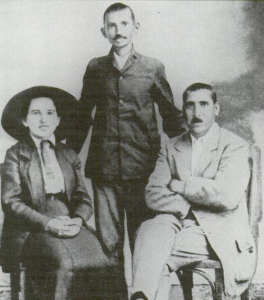
Gandhi in South Africa
The removal of untouchability was one of Gandhi’s central concerns. In both words and actions, Gandhi attacked untouchability in ways that were radical for a ‘caste Hindu’. Despite being a ‘caste Hindu’ himself, Gandhi identified himself with the ‘Untouchables’. He said on 2nd February 1934, “as a savarna Hindu, when I see that there are some Hindus called avarnas, it offends my sense of justice and truth […]” and “if I discover that Hindu shastras really countenance untouchability as it is seen today, I will renounce and denounce Hinduism.” Writing in Young India in April 1921, Gandhi boldly described the practice of “untouchability” as “a blot on Hinduism” and characterised it as an excrescence. As early as 3rd May 1915, he had said, “if it were proved to me that this is an essential part of Hinduism, I for one would declare myself an open rebel against Hinduism itself.” According to him, “there was nothing so bad” as the practice of untouchability in Hinduism “in all the world.” “This religion,” he said in 1917, “if it can be called such, stinks in my nostrils. This certainly cannot be the Hindu religion.” These were strong words, but the passion behind them sprang from Gandhi’s soul’s agony. “And yet,” Gandhi wrote in 1933, “I cannot leave religion and therefore Hinduism. My life would be a burden to me, if Hinduism failed me. Take it away and nothing remains for me.” But Gandhi was “eager to live and commit untouchability to the flames.” To live with untouchability was “like a cup of poison” to him.
Eleanor Zelliot states that Gandhi “is said to have spoken and written more on untouchability than on any other subject.” In all historical fairness, according to D. R. Nagaraj, “it must be admitted that it was [Gandhi] who made untouchability one of the crucial questions of Indian politics.”
Gandhi’s beliefs were backed by the force of a lifetime of action. At age twelve, he had disregarded his mother’s warning not to touch Uka, an ‘Untouchable’, who came to clean latrines in his house. In South Africa (1893-1914), persons of all castes, communities, religions and races stayed in his house as members of his family. When Kasturba showed reluctance to clean the urine pot of one such member of his “family,” he had threatened to evict her from the house. In 1915, while in India, when he accepted the first ‘Untouchable’ family in the Kocharb Ashram and adopted Lakshmi, an ‘Untouchable’, as a daughter, the Vaishnavs of Ahmedabad stopped all monetary help to the ashram, following which he decided to move to the ‘Untouchables’’ quarters. Eleanor Zelliot states that Gandhi “is said to have spoken and written more on untouchability than on any other subject.” In all historical fairness, according to D. R. Nagaraj, “it must be admitted that it was [Gandhi] who made untouchability one of the crucial questions of Indian politics.” Gandhi publicly put the ‘abolition’ of untouchability as the essential prerequisite for India’s true independence.
According to him (Gandhi), “there was nothing so bad” as the practice of untouchability in Hinduism “in all the world.” “This religion,” he said in 1917, “if it can be called such, stinks in my nostrils. This certainly cannot be the Hindu religion.” These were strong words, but the passion behind them sprang from Gandhi’s soul’s agony. “And yet,” Gandhi wrote in 1933, “I cannot leave religion and therefore Hinduism. My life would be a burden to me, if Hinduism failed me. Take it away and nothing remains for me.” But Gandhi was “eager to live and commit untouchability to the flames.”
Yet, one of the charges levelled against Gandhi is that he acted as an apologist for the caste system. The origins of this critique can be located in B. R. Ambedkar’s 1945 publication, What Congress and Gandhi Have Done to the Untouchables. It is a strong attack on Gandhi and the national movement led by him. This interpretation is not only a firm rejection of the Gandhian model of tackling the problem of the ‘Untouchables’, but has shaped the contours of themes and patterns of the critics of Gandhi, who make Gandhi’s conception of untouchability and his caste reform programmes appear threatening.
Writings of Ambedkar create the impression that Gandhi was an out and out casteist, “opposed to all those, who [were] out to destroy the caste system.” “Mr. Gandhi’s views on the caste system,” asserts Ambedkar, “were fully elaborated by him in 1921-22 in a Gujarati journal called Navajivan.” Gandhi believed, states Ambedkar, “that if Hindu society has been able to stand it is because it is founded on the caste system. The seeds of swaraj are to be found in the caste system […]. A community, which can create the caste system, must be said to possess unique powers of organisation […]. It can work as an electorate for a representative body. Caste can perform judicial functions by electing persons to act as judges to decide disputes among members of the same caste […]. I believe that inter-dining or inter-marriage [is] not necessary for promoting national unity […]. To destroy caste system and adopt Western European social system means that Hindus must give up the principle of hereditary occupation, which is the soul of the caste system. Hereditary principle is an eternal principle. To change it is to create disorder.” Ambedkar termed Gandhi a casteist based on such published ideas. He preferred to disagree with Gandhi. Ambedkar said: “There cannot be a more degrading system of social organisation than the chaturvarnya. It is the system that deadens, paralyses and cripples the people from helpful activity.” Ambedkar envisioned nothing short of the destruction of the caste system or the chaturvarnya system.
Other critics follow suit. Kancha Illaiah writes Gandhi as wanting to “build a modern consent system for the continued maintenance of Brahminical hegemony […].” According to T. K. N. Unnithan, this was evident in “Gandhi’s defense of the caste system as an essential form of social organisation” giving “the impression that he was orthodox in this respect.” Caste to Gandhi, adds Unnithan, was “an extension of the principle of family, as both governed by blood and heredity.” Gandhi held, argues Dhananjay Keer, “that [caste] does attach to birth. A man cannot change his varna by choice. Not to abide by one’s varna is to disregard the laws of heredity.” Gandhi thus, emphasises Christophe Jaffrelot, highlighted “the necessity of maintaining one’s rank […] as an element of natural regulation.” Perry Anderson moreover adds that to Gandhi “there was no need to adjust the balance in this life.” Gandhi, says Jaffrelot, appreciated “the distribution of men in different castes as a factor of socio-economic complementarity and social harmony,” which “was essential for […] progress.” Unnithan further says that for Gandhi, “varnashram dharma [satisfied] the religious, social and economic needs of a community.” Gandhi, argues Arundhati Roy, said that “the villagers managed their internal affairs through the caste system and through it they dealt with any oppression from ruling power or powers.” G. Aloysius argues that Gandhi was “obsessed with the organic nature of Hindu society based on Rigvedic Varnashrama Dharma” and “appointed himself the guardian of its integrity.”
The various interpretations argued above are a product of seeing Gandhi as an unchanging person. “It is ironic,” writes Martin Deming Lewis, that “no aspect of Gandhi’s activities for social reform has been so widely acclaimed as his efforts on behalf of the Untouchables,” and yet “one of his most bitter critics should have been a man who was himself an Untouchable, B. R. Ambedkar.” But Ambedkar rooted his understanding of Gandhian ideas through Gandhi’s statements on the caste system, on inter-caste dining and marriages from Gandhi’s early writings. The later critics, however, concentrate on Ambedkar’s works and not on original works of Gandhi. For example, in 1927 Gandhi had said to the Sri Lankans that if India could take pride “in having sent you Mahinda and the message of the Buddha to this land, it has also to accept the humiliation of having sent you the ‘curse’ of caste distinctions.” By 1930s, Gandhi was declaring that caste was “a handicap on progress” and “a social evil.” By the 1940s, it had become “an anachronism,” which “must go.” The critics see Gandhi through Ambedkar’s eyes and generally overlook the context in which Gandhi was writing about caste. Ambedkar himself falls prey to this and thus creates a repertory of casteist images on Gandhi. For instance, Braj Ranjan Mani, writes, “[Gandhi] was a Bania more Brahmanised than Brahmans; his world-view and life philosophy were moulded and shaped by the age-old Brahmanic values and way of life. […] [He] never gave up his basic belief in the Brahmanic fundamentalism which is evident from his constant evocation of varnashrama, Ramrajya and trusteeship.”
One of the charges levelled against Gandhi is that he acted as an apologist for the caste system. The origins of this critique can be located in B. R. Ambedkar’s 1945 publication, What Congress and Gandhi Have Done to the Untouchables… Other critics follow suit. Kancha Illaiah writes Gandhi as wanting to “build a modern consent system for the continued maintenance of Brahminical hegemony […].” …Gandhi thus, emphasises Christophe Jaffrelot, highlighted “the necessity of maintaining one’s rank […] as an element of natural regulation.” …Gandhi, argues Arundhati Roy, said that “the villagers managed their internal affairs through the caste system and through it they dealt with any oppression from ruling power or powers.” …The various interpretations argued above are a product of seeing Gandhi as an unchanging person… But Ambedkar rooted his understanding of Gandhian ideas through Gandhi’s statements on the caste system, on inter-caste dining and marriages from Gandhi’s early writings. The later critics, however, concentrate on Ambedkar’s works and not on original works of Gandhi.
Dennis Dalton has, however, argued that “Gandhi saw no harm in self-contradiction.” According to Gandhi, “life was a series of experiments, and any principle might change if Truth so dictated.” According to Bipan Chandra, “[Gandhi] constantly ‘experimented with truth’, and changed and developed his understanding of society, politics and social change.” On 29th April 1933, Gandhi said: “In my search after Truth, I have discarded many ideas and learnt many new things […] and, therefore, when anybody finds any inconsistency between any two writings of mine, if he has still faith in my sanity, he would do well to choose the later of the two on the same subject.” Gandhi also “did not see consistency as a virtue and [asserted that] all ideas were to be tested on the anvil of experience.” On the same lines Gandhi wrote on 27th August 1938: “During my student days […] I learnt a saying of Emerson’s which I never forgot. ‘Foolish consistency is the hobgoblin of little minds’, said the sage. I cannot be a little mind, for foolish consistency has never been my hobgoblin, […] my recent writings must be held as cancelling my comparatively remote sayings and doings. Though my body is deteriorating through age, no such law of deterioration, I hope, operates against wisdom which I trust is not only not deteriorating but even growing.”
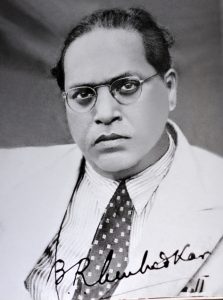
Bhimrao Ramji Ambedkar
Rajmohan Gandhi argues that before 1935, Gandhi had at times claimed that “an ideal” form of caste could be justified, while nearly always adding that “the ideal” never existed in practice, and always insisting that any notion of superiority and inferiority was utterly wrong. “The varnas were set by birth though ‘changeable’ by a person choosing another profession.” Gandhi conceded that the hereditary principle in varnashram must be considerably relaxed. As early as December 1924, he urged the ‘caste Hindus’ to realise that just as other castes had given up their occupations, just as the Brahmins had forsaken teaching and taken up other jobs, just as the Kshatriyas had willingly accepted slavery, just as the Vaishyas had given up their trade and entered other fields, similarly the ‘Untouchables’, too, had a right to give up their old occupations. In fact, he helped many ‘Untouchables’ to quit their hereditary callings, to acquire an academic education and to qualify themselves as doctors, engineers and teachers. For example, it was the policy of the Harijan Sevak Sangh, founded by Gandhi in 1932, to encourage the ‘Harijan’ students by giving them scholarships, particularly for technical and professional courses. While notwithstanding the critics’ value judgement, we have to note that while Gandhi’s basic commitment to human values, truth and non-violence remained constant, his opinions on all these and other issues underwent changes – sometimes drastic – and, invariably, in more radical directions.
Gandhi’s noble consistency was that he broke every rule of the orthodox caste system. The ‘caste Hindus’ followed the caste system with the observance of heredity in occupations and in marriage and dining with only the members of sub-caste concerned when it pertained to untouchability. A. R. Wadia says that “Gandhi in the spirit of a true reformer broke every one of these prohibitions.” Though born a Vaishya, Gandhi played the role of a Brahmin becoming a teacher of mankind. He played the role of a Kshatriya or a warrior, though of a non-violent variety. He blessed the marriage of a Brahmin lady with a Vaishya, even though that Vaishya was his son. He had no objection to dine with a Hindu, Muslim, Christian, Parsi, or an ‘Untouchable’. Gandhi was not averse to even being a sweeper.
Bhikhu Parekh adds that Gandhi’s moral theory undercut the very basis of the varna system. According to Gandhi, writes Parekh, the true Brahmins were only those who engaged in “total dedication to the service of mankind as a way of attaining moksha.” There was thus no room for a distinct varna of Brahmins in his society who were engrossed in a “pedantic study of scriptures, religious ceremonies and karma-kānda.” The separate varna of Kshatriyas disappeared as Gandhi suggested that citizens trained in the art of non-violent satyagraha should replace the violence prone police and the army. The traditional occupation of the Kshatriyas thus became the general responsibility of all. Every man became a Vaisya, since he wanted “everyone to earn his living and no one to depend on dāna or charity,” and thus the Vaisyas as a separate varna disappeared. For Gandhi, manual labour, the work of the Shudras, “was the only true form of socially acceptable productive work.” Since all citizens performed the work of Shudras, they too ceased to exist as a separate varna. Therefore, Parekh emphasises that Gandhi’s well-rounded or “fully moral man” engaged in all four activities serving his fellowmen, fighting against untruth and injustices, earning his living and engaging in manual labour. He thus belonged to all four varnas and hence to none alone. According to Gandhi, the varna system therefore no longer made sense.
Bhikhu Parekh adds that Gandhi’s moral theory undercut the very basis of the varna system. According to Gandhi, writes Parekh, the true Brahmins were only those who engaged in “total dedication to the service of mankind as a way of attaining moksha.” There was thus no room for a distinct varna of Brahmins in his society who were engrossed in a “pedantic study of scriptures, religious ceremonies and karma-kānda.”
A corollary is Anthony J. Parel’s reading of Gandhi’s conception of dharma as “duty.” Members of society in the past carried out their ordained duties as enshrined in the scriptures, and on this depended the stability of the social order. According to Parel, Gandhi’s understanding of the scriptural teaching of the caste system was of “the four castes, as sanctioned in the Rig Veda and the Gita, embodied [in] an egalitarian principle, where all the four castes were equal in dignity.” Gandhi also believed that each human being was “born” with one of the three natural qualities or gunas – sattva or the quality of causing virtue, rajas or the quality of causing passion and tamas or the quality of causing dullness. These natural qualities determined his/her natural aptitude for work. Sattva was present in those inclined towards “truth, wisdom, beauty, and goodness;” those inclined towards “action, energetic behaviour, and violence” possessed rajas; and tamas was present in those inclined towards “stupidity, gloom, and melancholy.” “A combination of natural qualities and natural aptitudes,” to Gandhi, writes Parel, “determined one’s caste, not birth or heredity.” As Gandhi put it in January 1928: “There are only four varnas, so divided on the basis of their occupational aptitudes.” It was a matter of one’s “duty” to the welfare of the community, and all callings were to be considered of equal value, whether Brahmin or Bhangi.
Gandhi’s continued belief in varna troubled Ambedkar, as he felt that the system was fundamentally opposed to democracy and could not be rationally defended. Ambedkar added that Gandhi was “preaching caste under the name of varna” in order to sustain the support of the orthodox and un-orthodox Hindus for the movement for swaraj. According to Ambedkar, Gandhi’s varna system was nothing dissimilar to the caste system of the orthodox Hindus, as Gandhi himself said, “it is based on birth.” Ambedkar states that whether “Mr. Gandhi changed over from caste system to the varna system,” it matters not, for “the idea of varna is the parent of the idea of caste,” and both “caste [and] varna […] are fundamentally opposed to democracy.” He therefore concludes that “the social ideal of Gandhism,” which is “either caste or varna, […] is not democracy.” Ambedkar further stated that under Hinduism there is a “fundamentally wrong relationship” between high-caste men and low-caste men. Without attempting to bring about any “structural” change of that wrong relationship, Gandhi, in Ambedkar’s words, was trying to present the Hindu society as a tolerable and a good religious community. The social system of the Hindus based on the caste/varna system, said Ambedkar, is what has to be changed. The Hindu society had to be transformed into a “casteless society.” To Ambedkar, “there will be outcastes as long as there are castes. Nothing can emancipate the outcaste except the destruction of the caste system.”
Other critics follow upon Ambedkar’s premise. In the contemporary period, says D. N., “it was disingenuous to suggest that it was varna that should be retained and not [caste], because what actually existed was [caste] with all its features of discrimination and untouchability.” To ask, as Gandhi did, that people should follow their traditional callings “was to condemn the Untouchables and other low castes to a life of servitude.” Gandhi, thus like an obedient “orthodox reformer,” writes Dhananjay Keer, “white-washed a dilapidated house!” Oliver Cromwell Cox concurs that Gandhi was unable to rise very far beyond the principles of impurity and its logical extreme, untouchability, and “would remove untouchability but otherwise maintain the caste system intact.” Gandhi’s suggestion that it “was necessary to improve the conditions of the Untouchables” is therefore “bogus,” says Keer, since “he believed in caste and at the same time wished to abolish untouchability!” Christophe Jaffrelot tries to explain this as a selective approach to untouchability, as Gandhi was fundamentally attached to a traditional Hindu social order. In H. N. Mukherjee’s words, Gandhi’s “fascination for varnashram concepts,” which he considered to be potentially harmonious, “weakened his championship of the Untouchables.” Judith Brown views this approach as a compromise “between the claims of orthodoxy and reform.” Arundhati Roy joins the scholars and says that “Gandhi never decisively and categorically renounced his belief in chaturvarna, the system of four varnas.” To A. R. Wadia also, the whole-hearted support that Gandhi gave to the caste system only meant that he was prepared to “give the Untouchables a place in the fourth caste of Shudras.” While Eleanor Zelliot argues that since “there [was] no fifth caste in the shastras, Untouchables [were to] be regarded as Shudras – a view acceptable to some orthodox Hindu leaders of the day.”
He (Ambedkar) therefore concludes that “the social ideal of Gandhism,” which is “either caste or varna, […] is not democracy.” Ambedkar further stated that under Hinduism there is a “fundamentally wrong relationship” between high-caste men and low-caste men. Without attempting to bring about any “structural” change of that wrong relationship, Gandhi, in Ambedkar’s words, was trying to present the Hindu society as a tolerable and a good religious community… Other critics follow upon Ambedkar’s premise.
Christophe Jaffrelot is more categorical in asserting that Gandhi wanted to “integrate” the ‘Untouchables’ in a hierarchical caste system as they “are so intimately mixed with those of the caste Hindus […] for whom they live.” G. Aloysius goes so far as to argue that Gandhi “sought to establish the [Indian] nation itself on the decadent Varna ideal,” “precisely to preserve the ascriptive division of labour in society.” Harold Coward argues that for these reasons Gandhi acted more as a fighter to preserve Hinduism and less as a reformer. Gandhi began to present himself as a committed sanatani Hindu. “Emphasising allegiance to his religion,” contends Coward, “Gandhi began to underplay his reformist goals, including the eradication of untouchability.” Even Bhikhu Parekh, who otherwise is less critical of Gandhi, states that Gandhi took a long time to acknowledge that the “roots of untouchability lay deep within the caste system;” that “he could only argue that the Untouchables should become touchables,” without ending “their lowest social and moral status.”
Critics, in general, lay emphasis on inconsistencies in Gandhi’s writings. It is, however, imperative to look at other side of Gandhi as well, so as to understand, as Anthony J. Parel asks, “why in his entire political career Gandhi did not attempt to restore the dharma of the discredited varnashram.” In fact, in July 1932, Gandhi is said to have asserted that restoring a pure varna system was like “an ant trying to lift a bag of sugar,” indicating that the varna system was impossible. Gandhi did not want to revive the institution of caste either, for in September 1934, he would argue that since everyone felt free to follow any calling “the law of varna [had] become a dead letter,” “it was [therefore] ‘an ideal dream’ and a ‘childish folly’ to attempt to revive the varna system.” Moreover, Gandhi, as early as 1934, had declared that the “caste ideal,” as envisaged in the scriptures, and as it was practiced today, was “a ‘hideous travesty’ of the original idea, [and] it existed only in distorted form.”
By 1935, when Ambedkar was criticising Gandhi’s views on caste and untouchability, Gandhi’s final position was that caste had to go. In fact, Gandhi had publicly given up defending caste even before the publication of Ambedkar’s Annihilation of Caste (1936). “Caste Has To Go” was his heading to a 16th November 1935 article in Harijan, in which Gandhi wrote, “the sooner public opinion abolishes [caste], the better.” Gandhi became more “sensitive” to the “structural roots” of caste discrimination when he was at the height of his prominence. In his 1936 debate with Ambedkar, Gandhi reiterated his rejection of caste, and said that it was “harmful both to spiritual and national growth,” and thereafter he publicly affirmed his acceptance of inter-dining and inter-marriage, which he had thus far hesitated to do, after learning of the discrimination faced personally by Ambedkar.
It is suggested by Raghavan N. Iyer that political thinkers are properly studied without reference to their personalities and practice. However, when one turns to Gandhi, one finds it particularly difficult to ignore his personality and his activities. Gandhi also very categorically said in 1932: “To understand what I say one needs to understand my conduct […].” From a very young age, Gandhi revolted against the practice of untouchability and in his whole life he did not practice untouchability in any form. Gandhi ate with people of different faiths as well as castes including the ‘Untouchables’. Not only did he allow his son Ramdas to marry someone who was from a different sub-caste but also allowed his other son Devadas to marry a girl who was from another varna altogether. He also married off his adopted daughter Lakshmi, who was an ‘Untouchable’, to a Brahmin boy in 1933.
It is suggested by Raghavan N. Iyer that political thinkers are properly studied without reference to their personalities and practice. However, when one turns to Gandhi, one finds it particularly difficult to ignore his personality and his activities. Gandhi also very categorically said in 1932: “To understand what I say one needs to understand my conduct […].” …It seems difficult to accept that a man, who violated caste restrictions throughout his life and who built ashrams where no caste restriction was observed, held the caste system or varnashram dharma as an ideal form to organise human society. Gandhi himself rejected such a possibility when he said on 24th November 1927: “I have gone no-where to defend varna dharma… ”
Gandhi writes in his autobiography that over the last three generations, starting with his grandfather, his family had not been pursuing their hereditary or traditional duty assigned to them according to the caste system. He himself never earned his bread and butter by following his ancestors’ calling. He let his children choose their own professions, and never pressed them to follow any pursuit prescribed for their caste. Moreover, he tried to master many activities prohibited for his caste, such as work of a scavenger, a barber, a washerman, a cobbler, a tiller and a tailor. It is to be noted that none of Gandhi’s ashrams were built on the basic principle of caste system or varnashram dharma: In the ashram, from the beginning, “it has been our rule not to observe the varna vyavastha […].” None of the caste restrictions were observed in his ashram. Gandhi did “unclean” work himself and forced it on his family, and he accepted ‘Untouchables’ in his social and domestic circles on equal terms. He made his family and associates break pollution taboos and engage in labour that was considered very profoundly ‘polluted’: Shoemaking, leatherwork, cleaning of toilets. In fact, cleaning toilets – work profoundly polluting to the ‘caste Hindus’ – persisted all his life.
It seems difficult to accept that a man, who violated caste restrictions throughout his life and who built ashrams where no caste restriction was observed, held the caste system or varnashram dharma as an ideal form to organise human society. Gandhi himself rejected such a possibility when he said on 24th November 1927: “I have gone no-where to defend varna dharma. I am the author of a Congress resolution for propagation of khadi, establishment of Hindu-Muslim unity, and the removal of ‘untouchability’, the three pillars of swaraj. But I have never placed establishment of varnashram dharma as the fourth pillar. You cannot, therefore, accuse me of placing a wrong emphasis on varnashram dharma.”
The critics, while focusing on Gandhi’s writings ignore his practice in actual life, thus, reaching a conclusion that Gandhi never decisively renounced his belief in chaturvarna. Even while focusing on his writings, critics tend to rest their understanding of Gandhi’s concern with caste in literal terms. They forget that Gandhi was a politician too. The critics miss to notice the possibility of a kind of strategy in Gandhi’s defense of some aspects of the caste system. What they miss can be understood in Rajmohan Gandhi’s metaphorical explanation. He writes, “I see the varnashrama remarks as sugar-coating for [Gandhi’s] pill for caste Hindus. He wants them to swallow his reforms.” The “caste system [Gandhi] was ‘defending’ was non-existent. Attacks on his ‘defense’ by his foes of the caste system only assured caste Hindus that Gandhi was not their enemy, which he was not.” It was Gandhi’s effort to carry everyone including those he was wanting to make changes in their lives.
Initially, in the 1920s, Gandhi made the argument that untouchability and its continued existence hindered national unity and harmed the cause of Indian independence. During the Non-Co-Operation Movement, Gandhi emphasised that “the Hindus must realise that, if they wish to offer successful non-cooperation against the Government they must make ‘common cause’ with the [‘Untouchables’], even as they have made common cause with the Musalmans.” Gandhi asserted that “non-cooperation against the Government means cooperation among the governed, and if Hindus do not remove the sin of untouchability there will be no swaraj whether in one year or in one hundred years […]. Swaraj is unattainable without the removal of the sin of untouchability as it is without Hindu-Muslim unity.” However, Bhikhu Parekh contends that “the political argument made only a limited impression on the orthodox Hindus, who neither believed that the struggle for independence required the abolition of untouchability nor cared for one bought at such a heavy price.” It made no impression on the illiterate masses either, “who were more concerned with religion than with independence and considered untouchability an integral part of it.” To eradicate untouchability Gandhi, therefore, began to rely on the idiom of religion and even fell back on the teachings of social reformers whose timely reforms, in his eyes, had saved the Hindu religion from extinction. Gandhi preferred to follow the footsteps of courageous reformers in order to redefine Hinduism of his time in a manner relevant to the new yuga. According to Parekh, Gandhi was a true sanatanist. To Gandhi, “a sanātanist is one who follows the sanātana dharma. According to the Mahābhārata, it means the observance of āhimsā, satya, non-stealing, cleanliness and self-restraint. As I have been endeavouring to follow these to the best of my ability, I have not hesitated to describe myself as a sanātanist.”
Even while focusing on his writings, critics tend to rest their understanding of Gandhi’s concern with caste in literal terms. They forget that Gandhi was a politician too. The critics miss to notice the possibility of a kind of strategy in Gandhi’s defense of some aspects of the caste system. What they miss can be understood in Rajmohan Gandhi’s metaphorical explanation. He writes, “I see the varnashrama remarks as sugar-coating for [Gandhi’s] pill for caste Hindus. He wants them to swallow his reforms.” The “caste system [Gandhi] was ‘defending’ was non-existent. Attacks on his ‘defense’ by his foes of the caste system only assured caste Hindus that Gandhi was not their enemy, which he was not.” It was Gandhi’s effort to carry everyone including those he was wanting to make changes in their lives.
A corollary is Thomas Pantham’s assertion that for Gandhi “the participation of the caste Hindus was necessary both for the effectiveness of the non-violent mass political movement for freedom from colonial rule and for the success of the movement against untouchability.” After the Vaikom Satyagraha (1924), Gandhi had been feeling that he, even while fighting against untouchability, had to be seen as a protector of the ‘caste Hindus’ as well. Until about 1935, Gandhi did not share Ambedkar’s sense of urgency to extend the anti-untouchability programme into a wider public political programme that would include campaigns against caste-based discriminations on inter-dining, inter-marriages, etc. As noted by Bhikhu Parekh, Gandhi was “involved in several battles, that against untouchability being only one of them, and political exigencies inevitably dictated their order of importance.” Rajmohan Gandhi writes: “[Gandhi] would unite pro-orthodox ranks, if he had started with an attack on caste, he chose to zero in on evil none could defend.” Light was thrown on Gandhi’s thinking on caste and untouchability by Jawaharlal Nehru: “I asked [Gandhi] repeatedly: Why don’t you hit out at the caste system directly? He said that he did not believe in the caste system except in some idealised form of occupations and all that; but that the present system was thoroughly bad and must go. I am undermining it completely, he said, by my tackling untouchability […]. If untouchability goes […] the caste system goes. So I am concentrating on that […]. So he made untouchability the one thing on which he concentrated, which ultimately affected the whole caste system.”
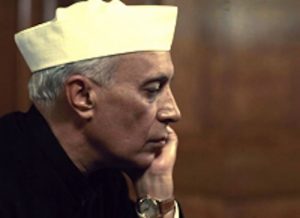
Jawaharlal Nehru
“I asked [Gandhi] repeatedly: Why don’t you hit out at the caste system directly? He said that he did not believe in the caste system except in some idealised form of occupations and all that; but that the present system was thoroughly bad and must go. I am undermining it completely, he said, by my tackling untouchability […]. If untouchability goes […] the caste system goes. So I am concentrating on that […]. So he made untouchability the one thing on which he concentrated, which ultimately affected the whole caste system.” —Jawaharlal Nehru
Gandhi’s concentration on “untouchability” made him favour abolition of caste-based discrimination more than the caste itself because for Gandhi “untouchability formed the core of the caste system.” Suhas Palshikar says that Gandhi was “right in identifying untouchability as the most abhorring expression of caste-based inequality and attendant inhumanity,” for it stood “for everything ugly in the caste system and therefore, it must go instantly.” In untouchability was rooted “caste-consciousness,” and hence its removal would “symbolically bury the caste system.” When seen in this light, argues Palshikar, how can “caste question become the core of Gandhi’s discourse [?]” There is no doubt about Gandhi’s ultimate preparedness to abolish caste,” but Gandhi would adopt a position to reform such Hindu practice from within rather than attack from outside.
(According to Suhas Palshikar) “There is no doubt about Gandhi’s ultimate preparedness to abolish caste,” but Gandhi would adopt a position to reform such Hindu practice from within rather than attack from outside.
Scholars have also added a different dimension to the analysis of Gandhi’s position on caste: The importance of its evolutionary nature. The writings of scholars on this issue range from Louis Fischer, B. R. Nanda and Thomas Pantham to Dennis Dalton. Their studies show Gandhi’s ideas on caste evolving from a simplistic understanding to a rational outlook, moving “gradually” from an orthodox stance to more liberal views, and culminating in a radical position, which can be termed as revolutionary. It is argued that initially Gandhi’s deference to Hindu orthodoxy was due to the weight of reality that compelled him to move cautiously while assessing the alignments in India. It was a tactical move.
Louis Fischer argues that for many years Gandhi “defended” caste restrictions. For example, Gandhi said in 1920, “I consider the four divisions to be fundamental, natural and essential.” He even wrote in Young India on 6th October 1921, that “Hinduism does most emphatically discourage inter-dining and inter-marriage between divisions […]. Prohibition against inter-marriage and inter-dining is ‘essential’ for the rapid evolution of the soul.” This was according to Fischer, the “orthodox” Gandhi. But by 1932, such “essentials” were “weakening Hindu society.” As Gandhi moved to a more liberal phase of his thought, asserts Fischer, he began to understand that inter-caste dining and marriages were not part of the Hindu religion from inception, and that these “crept into Hinduism when perhaps it was in its decline, and was then probably meant to be a ‘temporary’ protection against the disintegration of Hindu society. Today those two prohibitions are weakening the Hindu society.” According to Fischer, this was not Gandhi’s final position. He began to move further away from the orthodox tradition and by 1946 was declaring that “I therefore tell all boys and girls who want to marry that they cannot be married at Sevagram Ashram unless one of the parties is a ‘Harijan’.” This was Gandhi’s stance, contributing to the emergence of a “radical” Gandhi who would approve “only [inter]-caste marriages” by 1946.
Dennis Dalton’s interpretation differs somewhat in stating that the focus on evolutionary approach of Gandhi to caste projects too much orthodoxy into his earlier position, and purges his later ideas of all orthodoxy. Dalton posits that “the pace as well as the content of Gandhi’s views on caste must be seen in the context of his response to the Indian orthodoxy as well as to Western liberalism.” In 1909, in South Africa, Gandhi had publicly decried the caste system for its inequalities: “Its ‘hypocritical distinctions of high and low’ and ‘caste tyranny’, which made India turn back on truth and embrace falsehood.”
Scholars have also added a different dimension to the analysis of Gandhi’s position on caste: The importance of its evolutionary nature. The writings of scholars on this issue range from Louis Fischer, B. R. Nanda and Thomas Pantham to Dennis Dalton. Their studies show Gandhi’s ideas on caste evolving from a simplistic understanding to a rational outlook, moving “gradually” from an orthodox stance to more liberal views, and culminating in a radical position, which can be termed as revolutionary.
Shortly after he had returned to India in 1915, Gandhi was faced with the problem to counter the Western attack on caste, and also not to overawe the orthodoxy. This shaped his views on the problem in the 1920s. In the prevailing circumstances “Gandhi emphasised,” Dennis Dalton contends, “the generally beneficial aspects of caste,” and also defended it “for its wonderful powers of organisation,” while upholding “caste prohibitions on inter-dining and inter-marriage [as fostering] ‘self-control’; and [regarded] the system itself […] as a beneficial, natural institution.” A direct assault by Gandhi on caste, according to Dalton, would mean playing into the hands of Western Imperialism. The British Government criticised Gandhi for pursuing politics to serve narrow interests rather than take to social reform which would benefit millions. S. M. Michael, an English correspondent, wrote to Gandhi on 17th November 1920, stating that “even if you [Gandhi] succeed in establishing Indian independence tomorrow, it will be […] wrecked and broken to pieces on the rock of caste as it has been more than once in our long and chequered history.” “Should not […] the Hindus wash [their] blood-stained hands before [they] ask the English to wash theirs?” was the question seasonably put to Gandhi by the British Government. At the same time, Gandhi understood that the conservative, but, articulate and powerful section of Hindus, was not yet ready for radical reforms and he had also realised that he could not sustain his movement for political and social reforms without their help. For example, after he launched the Non-Cooperation Movement in 1920, orthodox Hindus had warned Gandhi that unless ‘Untouchables’ were excluded from the national schools, they would support the British Raj.
In 1909, in South Africa, Gandhi had publicly decried the caste system for its inequalities: “Its ‘hypocritical distinctions of high and low’ and ‘caste tyranny’, which made India turn back on truth and embrace falsehood.” … Shortly after he had returned to India in 1915, Gandhi was faced with the problem to counter the Western attack on caste, and also not to overawe the orthodoxy… A direct assault by Gandhi on caste, according to Dalton, would mean playing into the hands of Western Imperialism.
Dennis Dalton argues that at an early stage of the movement, Gandhi had synonymously used “caste and varnashram dharma, with no attempt to distinguish between them.” Not taking into account the sentiments of the majority of traditional Hindus would have been suicidal. Dalton furthermore states that it was the time when Gandhi was searching for an approach that would allow him to reform the caste system effectively from within, without alienating the orthodoxy. Gandhi thus suggested that a beginning should be made with inter-marriage not among different varnas but among members of different sub-castes. “This would satisfy,” Gandhi believed, “the most ardent reformers as a first step and enable men like Pandit [Madan Mohan] Malaviya, [an orthodox Hindu,] to support it.”
Gandhi did not deviate from the orthodox belief in the law of varna based on heredity. Moreover, with a view to the orthodoxy, he maintained his support of restrictions on inter-dining and inter-marriage; yet he asserted that closed-dining and closed-marriages were minor parts in varnashram. He declared that “a Brahman may remain a Brahman, though he may dine with a Shudra. The four divisions define a man’s calling, they do not restrict or regulate social intercourse.” By asserting that since a man’s varna was inherited, “inter-dining or even inter-marriage [did not] necessarily deprive a man of his status that birth has given him,” Gandhi separated inter-dining and inter-marriage from the concept of varna.
As early as 1927, Gandhi was able to argue that “varna has nothing to do with caste. Down with the monster of caste that masquerades in the guise of varna. It is this travesty of varna that has degraded Hinduism and India.” In the late 1920s and early 1930s, Gandhi was re-interpreting original sources to gather ammunition for an attack against the rigidity, exclusiveness, and prejudices of the caste system… As Gandhi rose to power within the Congress by 1920-21, he was in a position to wrest maximum advantage politically for his beliefs. What was his line of defense earlier now became his line of offence.
By the second-half of the 1920s, Gandhi clearly distinguished between varnashram dharma and caste. But now, Dennis Dalton contends, Gandhi reinforced his arguments with greater vigour in “favour” of varna dharma “to fill the vacuum replacing one traditional concept with another.” It was precisely on this basis that as early as 1927, Gandhi was able to argue that “varna has nothing to do with caste. Down with the monster of caste that masquerades in the guise of varna. It is this travesty of varna that has degraded Hinduism and India.” In the late 1920s and early 1930s, Gandhi was re-interpreting original sources to gather ammunition for an attack against the rigidity, exclusiveness, and prejudices of the caste system. A correct interpretation of the scriptures, Gandhi argued, would show that the caste system had only a historical, not permanent, validity. He said, “it is no good quoting from Manusmriti and other scriptures in defense of this orthodoxy. A number of verses in these scriptures are apocryphal, a number of them quite meaningless,” thereby asserting, writes Rajmohan Gandhi, “the duty to weigh ancient verses.” As Gandhi rose to power within the Congress by 1920-21, he was in a position to wrest maximum advantage politically for his beliefs. What was his line of defense earlier now became his line of offence. A typical example of his defiance of orthodoxy during this time is an extract from Gandhi’s journal, Young India of 22nd September 1927: “Fight by all means the monster that passes for varnashrama today, and you will find me working side by side with you. My varnashrama enables me to dine with anybody who will give me clean food, be he Hindu, Muslim, Christian, Parsi, whatever he is. My varnashrama accommodates a Pariah girl under my own roof, as my own daughter. My varnashrama accommodates many Panchama families, with whom I dine with the greatest pleasure, to dine with whom is a privilege.”
As Gandhi’s thought and ideas matured, he began to comprehend particular dimensions of the problem by moving towards a more radical approach. By then he frequently re-iterated that he would suffer no deviation from fundamental ethics, whatever might be its scriptural sanction. It was in 1932 that the vestiges of orthodoxy in Gandhi’s support of caste disappeared. Dennis Dalton states that the caste restrictions on inter-dining and inter-marriage were now criticised by Gandhi, “as being no part of Hindu religion, serving only to ‘stunt’ Hindu society.” Writing in 1935 on this issue under the title “Caste Must Go,” Gandhi insisted that “in varnashrama there was and should be no prohibition of inter-marriage and inter-dining.” It took almost a decade to make such an announcement by Gandhi because building a new consensus was a difficult undertaking. Gandhi’s frame of reference enabled him to develop a theory of varna, which sought to adjust the old fabric of socio-political organisation to the needs of the twentieth century India. His views on inter-marriage, once loosened, culminated in the announcement in 1946 that “I would persuade all caste Hindu girls coming under my influence to select ‘Harijan’ husbands.” To Dalton, this was Gandhi’s transformation. As has been noted by Valerian Rodrigues, Gandhi’s later-day insistence on inter-caste marriage may be seen as cutting at the root of the caste system. Ashis Nandy has argued that it was Gandhi’s insistence on inter-caste marriage that made him so dangerous to his adversaries in the Hindu Right. It is also to be noted that his assassin, Nathuram Godse, was an orthodox Brahmin from the purest of Brahmin categories.
Writing in 1935 on this issue under the title “Caste Must Go,” Gandhi insisted that “in varnashrama there was and should be no prohibition of inter-marriage and inter-dining.” It took almost a decade to make such an announcement by Gandhi because building a new consensus was a difficult undertaking… Ashis Nandy has argued that it was Gandhi’s insistence on inter-caste marriage that made him so dangerous to his adversaries in the Hindu Right.
Anil Nauriya has argued that Gandhi’s critique of the four-fold varna order has often been overlooked by scholars. However, it is to be noted that even in the early years, when he defended the four-fold varna order, Gandhi did not observe it in his own circle: “In the ashram, from the beginning, it has been our rule not to observe the varna vyavastha because the position of the ashram is different from that of the society outside.” As early as 1927, Gandhi had declared that “if varnashrama goes to the dogs in the removal of untouchability, I shall not shed a tear.” This position is different to the generally held view of Eleanor Zelliot, Tanika Sarkar and also Dennis Dalton that Gandhi never changed “his view of the hereditary nature of varna.” But Gandhi was writing in Young India and Harijan from 1927 to 1931 that after the removal of untouchability, “it is highly likely that at the end of it we shall all find that there is nothing to fight against in varnashrama. If, however, varnashrama even then looks an ugly thing, the whole of Hindu society will fight it.”
Anil Nauriya argues that Gandhi’s first salvo attack on the concept of varna came in 1933 and, though he did not repudiate birth as a criterion for varna, he nevertheless took away the conclusive element attached to birth. In 1933, he declared “on the basis of some authoritative texts that varna could not be perpetuated or determined merely by birth,” and urged that “these and numerous verses from the shastras unmistakably show that mere birth counts for nothing.” Nauriya rightly emphasises that “it is inaccurate and erroneous to say that Gandhi defended the four-fold varna order or varna vyavastha” after the 1930s. In 1934, Gandhi was saying that he could not accept that “there should be a single human being considered lower than myself,” and in 1935, he was describing “the restrictions on inter-marriage and inter-dining imposed in relation to the varna system as ‘cruel’.” “These are clearly not the words,” Nauriya states, “of one who is smug about the varna system.”
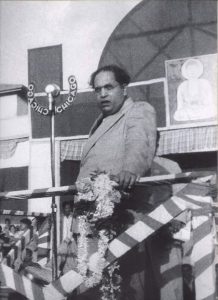
Bhimrao Ramji Ambedkar
In 1945, in a new foreword to an old Gujarati language compilation of articles on the subject, Gandhi wrote: “There prevails only one varna today, that is, of Shudras, or you may call it, Ati-‘Shudras’, or ‘Harijans’ or ‘Untouchables’. I have no doubt about the truth of what I say. If I can bring around the Hindu society to my view, all our internal quarrels will come to an end.” Gandhi’s position against the four-fold varna order became more emphatic and close to Ambedkar’s, says Anil Nauriya, when in a reversal of his earlier understanding about untouchability, Gandhi claimed that “castes must go if we want to root out untouchability.” He added that it was better for the Untouchables to fight against the ‘caste Hindus’ than to live as “wretched slaves.” More significantly, Gandhi emphasised, “if this kind of untouchability were an integral part of sanatan dharma, that religion has no use for me.” Thus, he implicitly validated Ambedkar’s alternative. But Gandhi went a step further when he said in May 1946 that “I myself have become a ‘Harijan’ by choice” and also urged “the Hindus to become Ati-Shudras not merely in name but in thought, word and deed.” He also said, “if the caste Hindus would become Bhangis of their own free will, the distinction between ‘Harijans’ and caste Hindus would automatically disappear.” Then speaking in July 1946, he encouraged marriages between ‘Harijans’ and others. Nauriya thus states that by 1945-46, Gandhi had denuded the varna both of its sociological implication and of its original connotation of fixed classes of humanity determined by birth.
Gandhi’s position against the four-fold varna order became more emphatic and close to Ambedkar’s, says Anil Nauriya, when in a reversal of his earlier understanding about untouchability, Gandhi claimed that “castes must go if we want to root out untouchability.” He added that it was better for the Untouchables to fight against the ‘caste Hindus’ than to live as “wretched slaves.” More significantly, Gandhi emphasised, “if this kind of untouchability were an integral part of sanatan dharma, that religion has no use for me.” Thus, he implicitly validated Ambedkar’s alternative.
Gandhi’s approach and method were well understood by the famous Indian social reformer, G. Ramachandra Rao, ‘Gora’: “When [Gandhi] first undertook to remove untouchability, the problem of varna dharma was also there. It was easy to see intellectually, even then, that caste ought to go root and branch if untouchability was to be completely eradicated. But as a practical proposition, caste was not the immediate problem then. The problem was only the removal of untouchability. So he allowed caste to continue, though personally he observed no caste even then. Thus the work of the removal of untouchability progressed through the early stage, leaving the contradictions of the caste system untouched, and, therefore, without the complication of opposition from those who would resist the abolition of caste. When the stage had come where he found caste was a serious hindrance for further progress, [Gandhi] said that caste ought to go root and branch and proposed not only inter-dining but inter-marriages as the means. A mere intellectual might read inconsistency in [Gandhi’s] tolerance of caste earlier and his denunciation of it later. But to a practical man of non-violent creed these are stages of progress and not principles of contradiction.”
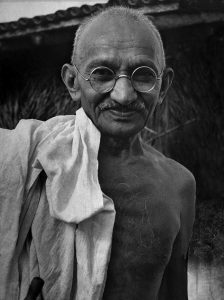
Mohandas Karamchand Gandhi
[6]
To Gandhi, untouchability was the worst practice known to mankind, the greatest blot on Hinduism and a cup of poison. He wanted to commit untouchability to flames. Gandhi had overcome caste prejudices at an early age when as a twelve-year-old he first challenged his mother that Hinduism did not sanction untouchability. At age eighteen, he defied caste to go abroad, thereafter faced the wrath of his brother who admonished him, subsequently took the risk of social boycott for accepting ‘Untouchables’ in his ashrams on equal terms, performed unclean tasks himself, and vowed and worked to eradicate untouchability. He averred to be an open rebel against Hinduism if untouchability was not abolished. Above all, he made removal of untouchability a central plank of Indian politics, necessary to achieve swaraj. Gandhi even critiqued the varna order, which unfurled over time, in a manner that was revolutionary for a ‘caste Hindu’. There was no element of compromise in Gandhi’s attitude towards untouchability, while his approach towards caste and varna evolved over time. Gandhi moved from a position of being a cautious reformer to a bolder position ending in a revolutionary position. Gandhi’s goal of equity remained the same throughout, though the manner in which it was sought to be executed naturally differed responding to the changing context over time and also of space as seen in the case of South Africa and India.
Sujay Biswas’ paper Gandhi’s Approach to Caste and Untouchability: A Reappraisal has been carried with the permission of its author. It has been presented without its abstract, citations and footnotes and bibliography for purposes of easier reading. You can read this paper in its entirety here.
Dr Sujay Biswas is an Assistant Professor in the Department of History, Ramjas College, University of Delhi, Delhi, India. He holds a Ph.D. in history from the Centre for Historical Studies, School of Social Sciences, Jawaharlal Nehru University, New Delhi, India. His research has tried to locate the strengths of Gandhi’s approach to meeting the challenge of caste oppression in Indian society by mobilising the community as whole. He graduated in history from Hindu College, University of Delhi, in 2013. He is an alumnus of the Jawaharlal Nehru University, New Delhi, India, where he pursued his Masters in Modern Indian History from the Centre for Historical Studies, and was awarded the degree of the Master of Philosophy in 2018 and the Doctor of Philosophy in 2020 from Jawaharlal Nehru University. He was a research fellow at the Faculty of Political Science, University of Zagreb, Zagreb, Croatia, as a part of Project SPeCTReSS (Social Practice Cultural Trauma and Reestablishing Solid Sovereignties) under the European Commission’s Marie Curie International Research Exchange Scheme from October-December 2016. He is also a recipient of the Charles Wallace India Trust Research Grant (2019-20). You can read his work here.
| 2500 BC - Present | |
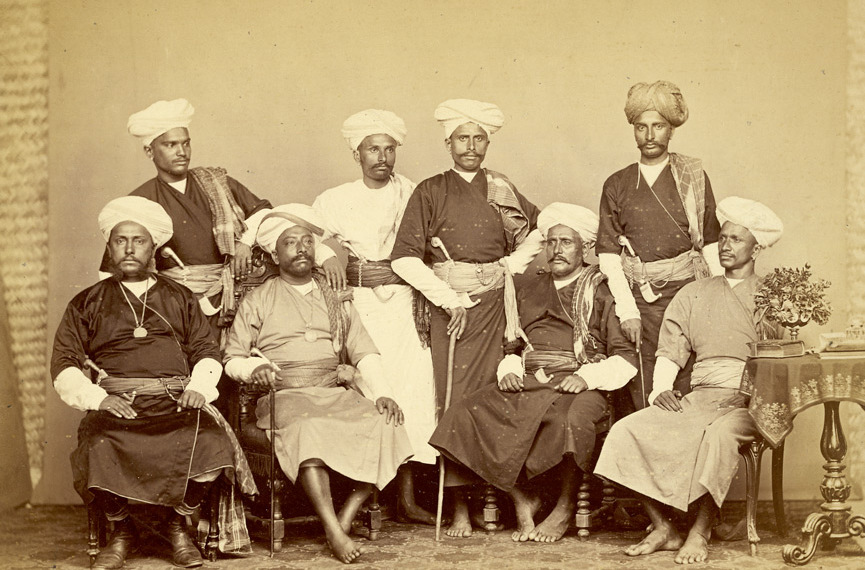
|
2500 BC - Present |
| Tribal History: Looking for the Origins of the Kodavas | |
| 2200 BC to 600 AD | |
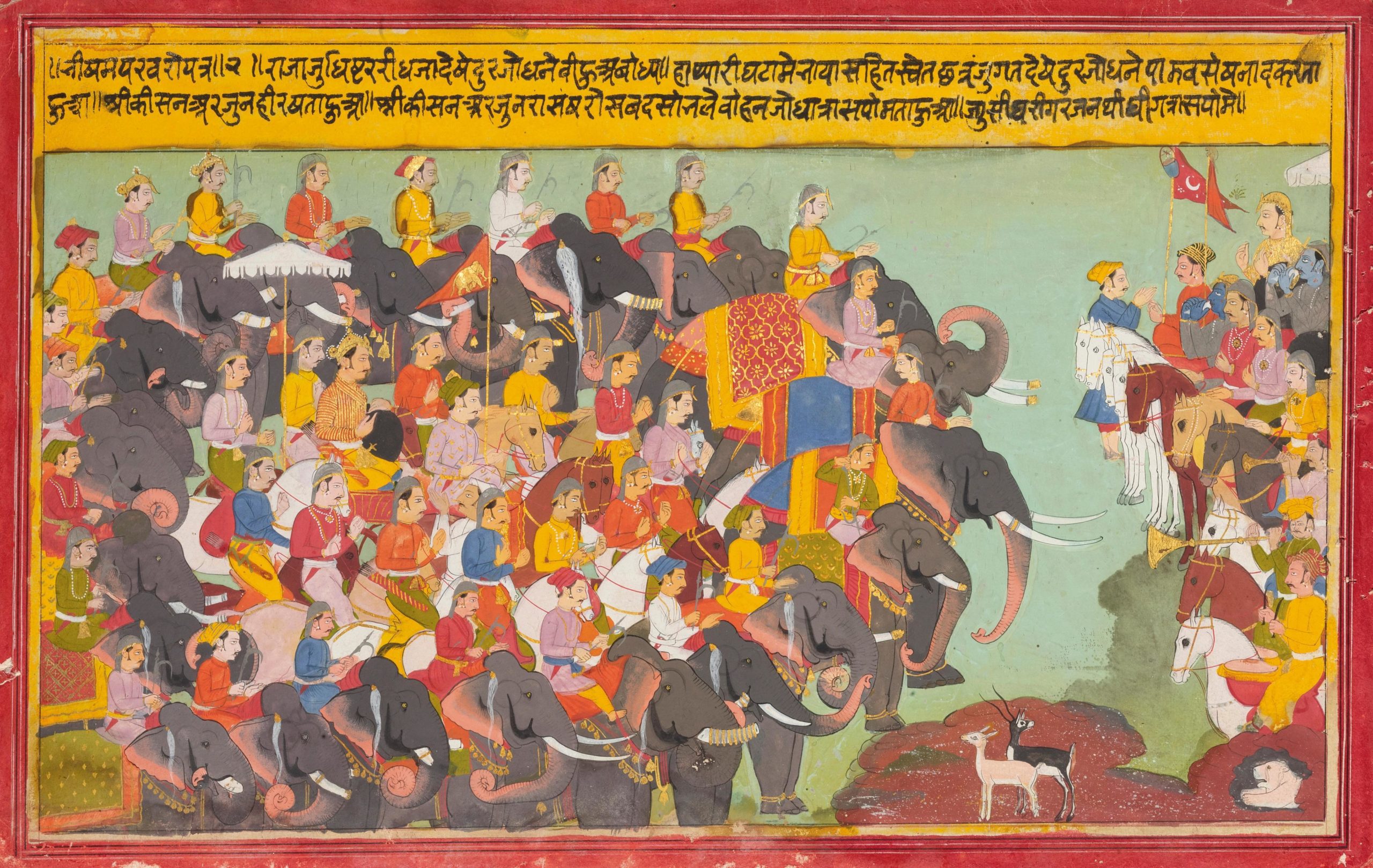
|
2200 BC to 600 AD |
| War, Political Violence and Rebellion in Ancient India | |
| 400 BC to 1001 AD | |
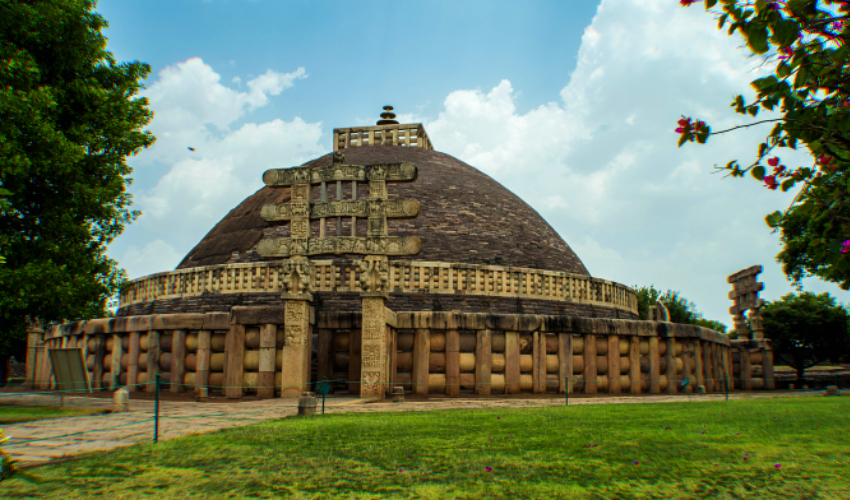
|
400 BC to 1001 AD |
| The Dissent of the ‘Nastika’ in Early India | |
| 600CE-1200CE | |
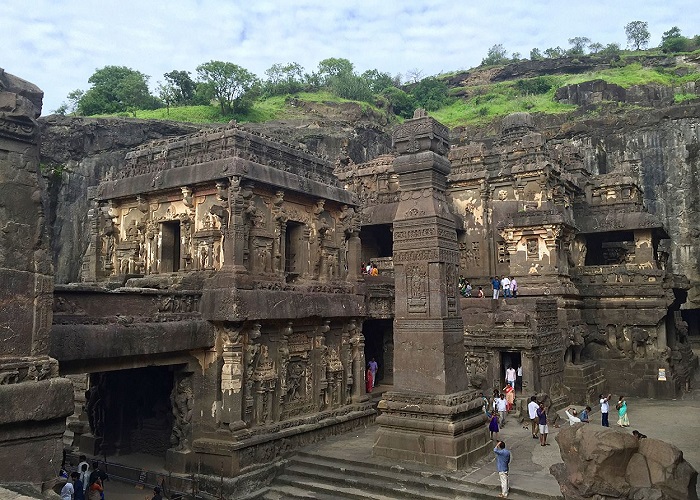
|
600CE-1200CE |
| The Other Side of the Vindhyas: An Alternative History of Power | |
| c. 700 - 1400 AD | |
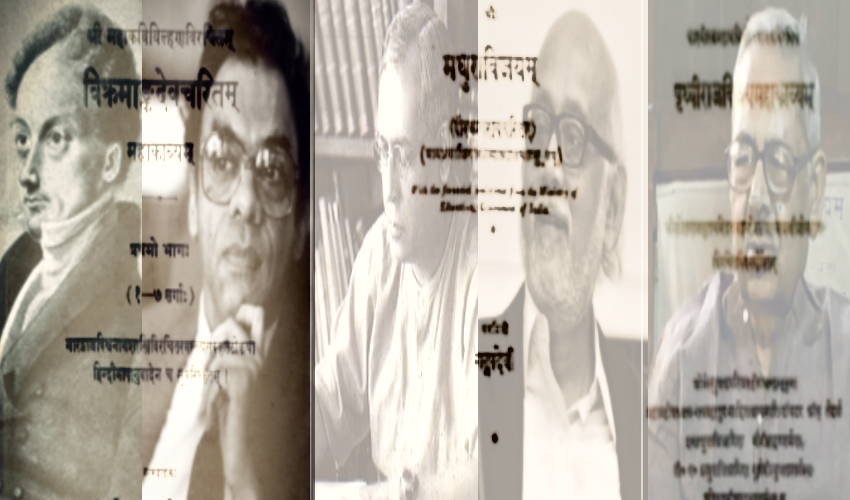
|
c. 700 - 1400 AD |
| A Historian Recommends: Representing the ‘Other’ in Indian History | |
| c. 800 - 900 CE | |

|
c. 800 - 900 CE |
| ‘Drape me in his scent’: Female Sexuality and Devotion in Andal, the Goddess | |
| 1192 | |
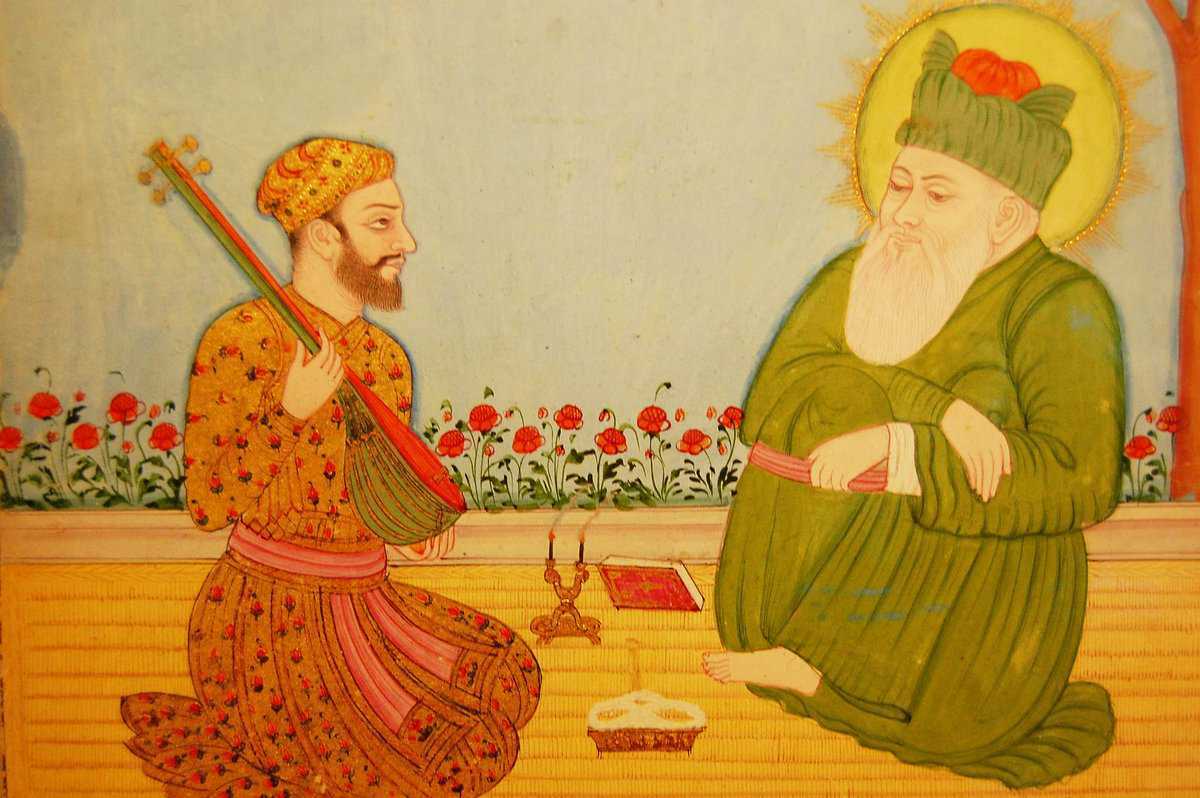
|
1192 |
| Sufi Silsilahs: The Mystic Orders in India | |
| 1200 - 1850 | |
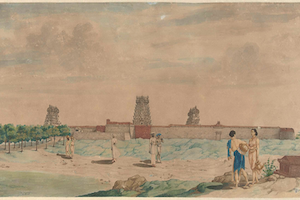
|
1200 - 1850 |
| Temples, deities, and the law. | |
| c. 1500 - 1600 AD | |
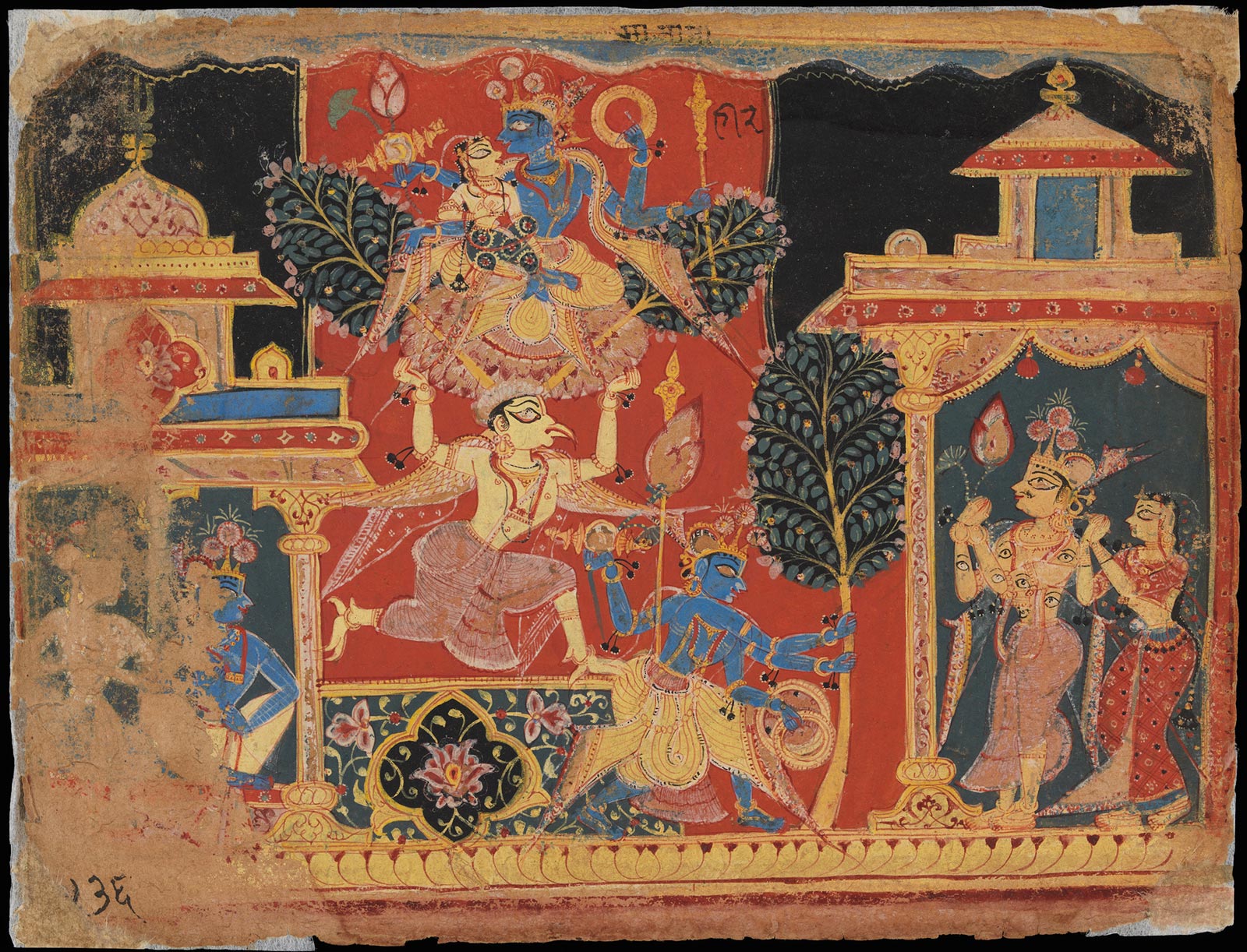
|
c. 1500 - 1600 AD |
| A Historian Recommends: Religion in Mughal India | |
| 1200-2020 | |
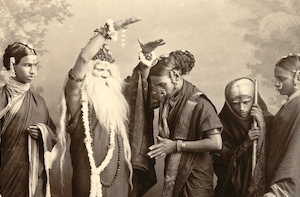
|
1200-2020 |
| Policing Untouchables and Producing Tamasha in Maharashtra | |
| 1530-1858 | |

|
1530-1858 |
| Rajputs, Mughals and the Handguns of Hindustan | |
| 1575 | |
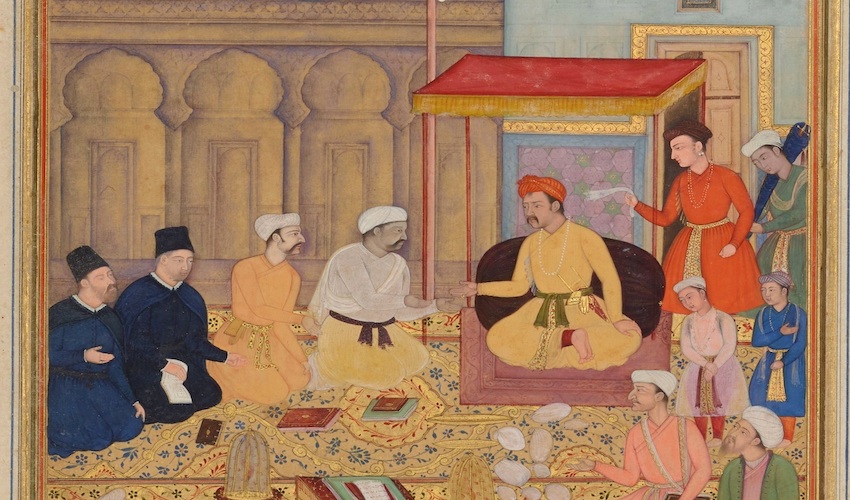
|
1575 |
| Abdul Qadir Badauni & Abul Fazl: Two Mughal Intellectuals in King Akbar‘s Court | |
| 1579 | |
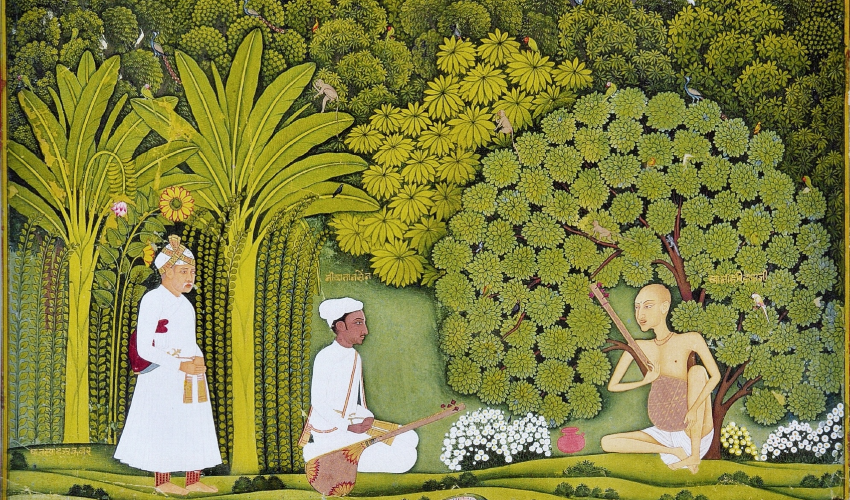
|
1579 |
| Padshah-i Islam | |
| 1550-1800 | |
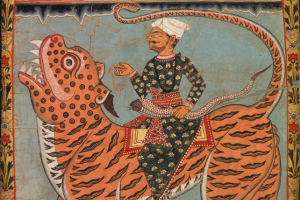
|
1550-1800 |
| Who are the Bengal Muslims? : Conversion and Islamisation in Bengal | |
| c. 1600 CE-1900 CE | |

|
c. 1600 CE-1900 CE |
| The Birth of a Community: UP’s Ghazi Miyan and Narratives of ‘Conquest’ | |
| 1553 - 1900 | |
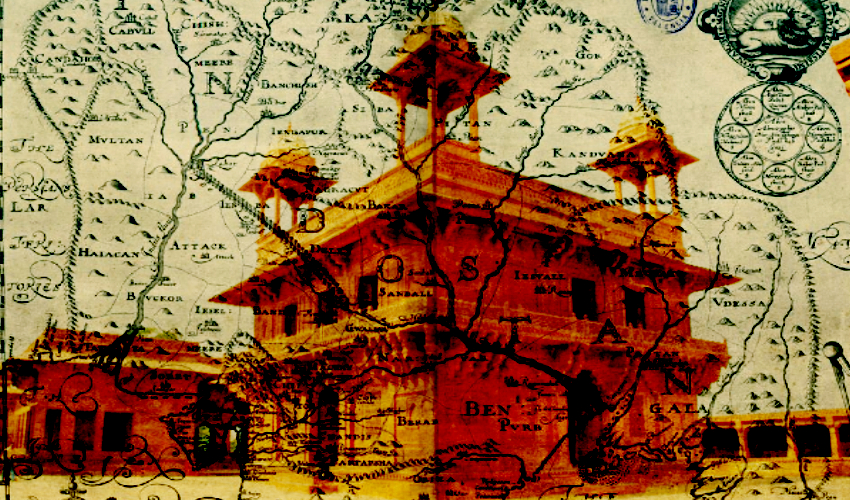
|
1553 - 1900 |
| What Happened to ‘Hindustan’? | |
| 1630-1680 | |
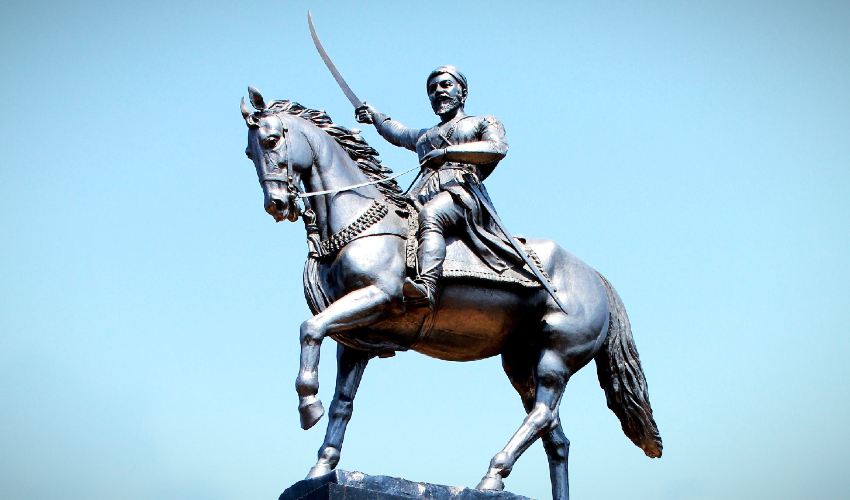
|
1630-1680 |
| Shivaji: Hindutva Icon or Secular Nationalist? | |
| 1630 -1680 | |
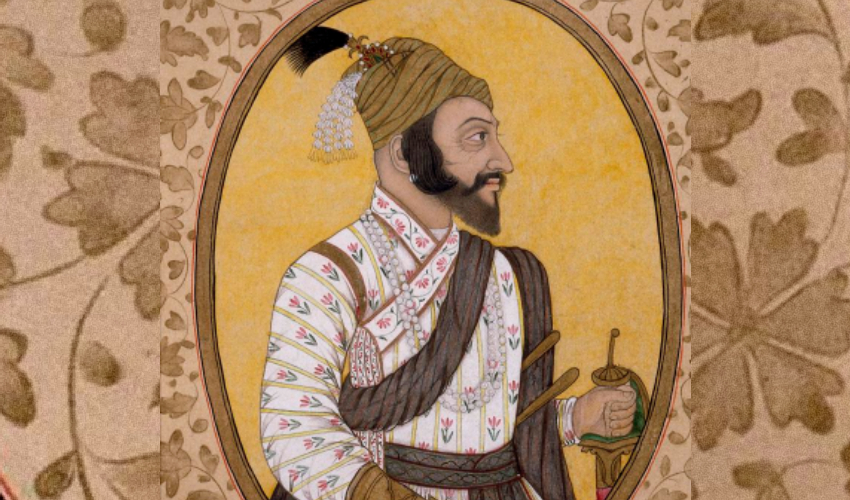
|
1630 -1680 |
| Shivaji: His Legacy & His Times | |
| c. 1724 – 1857 A.D. | |

|
c. 1724 – 1857 A.D. |
| Bahu Begum and the Gendered Struggle for Power | |
| 1818 - Present | |
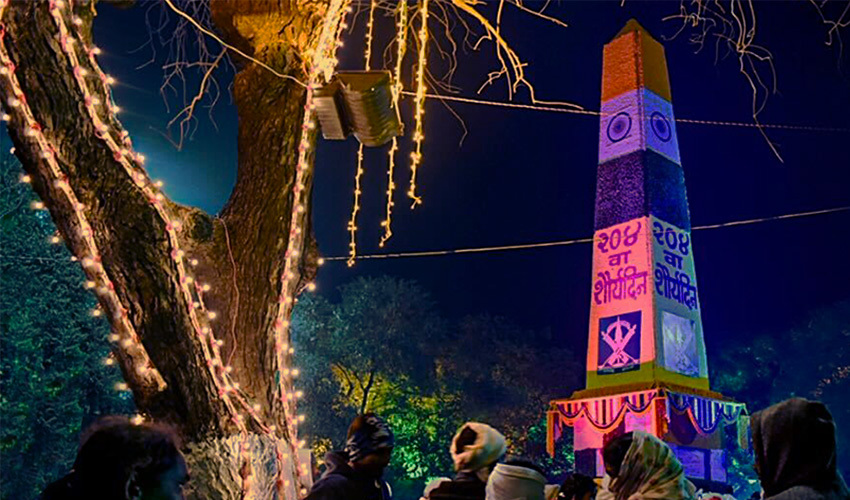
|
1818 - Present |
| The Contesting Memories of Bhima-Koregaon | |
| 1831 | |
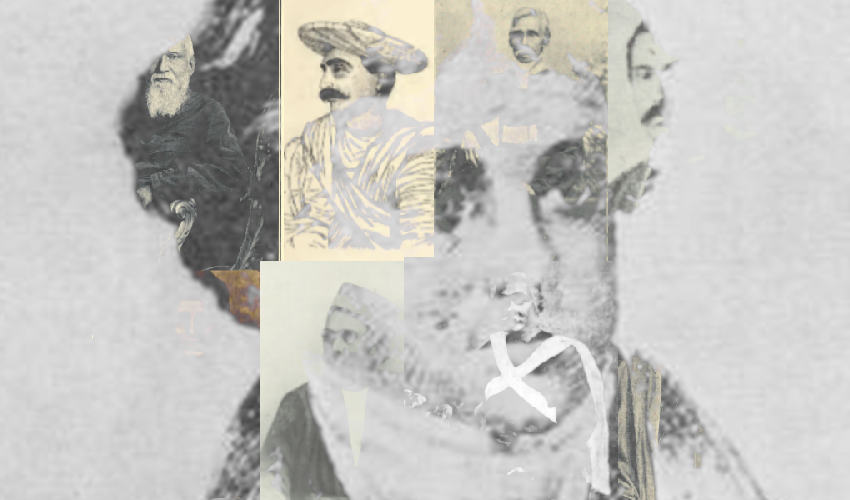
|
1831 |
| The Derozians’ India | |
| 1855 | |
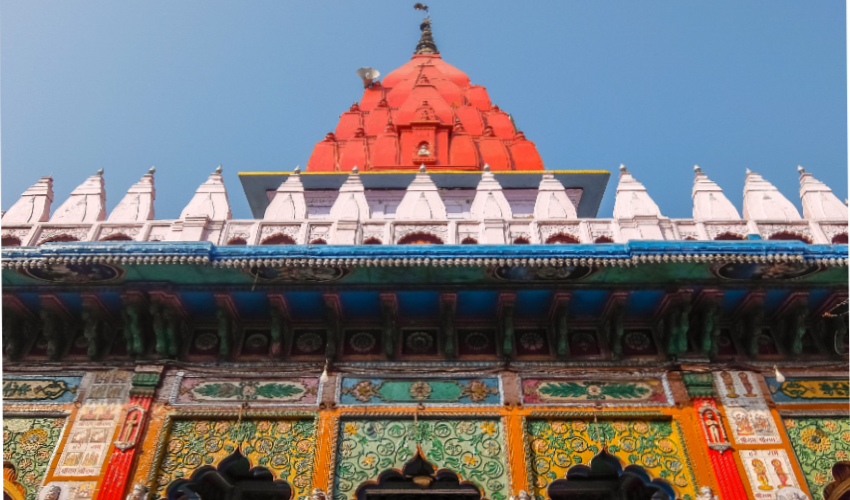
|
1855 |
| Ayodhya 1855 | |
| 1856 | |
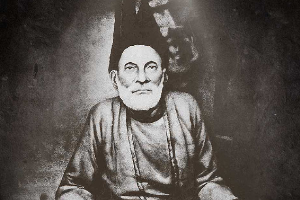
|
1856 |
| “Worshipping the dead is not an auspicious thing” — Ghalib | |
| 1857 | |
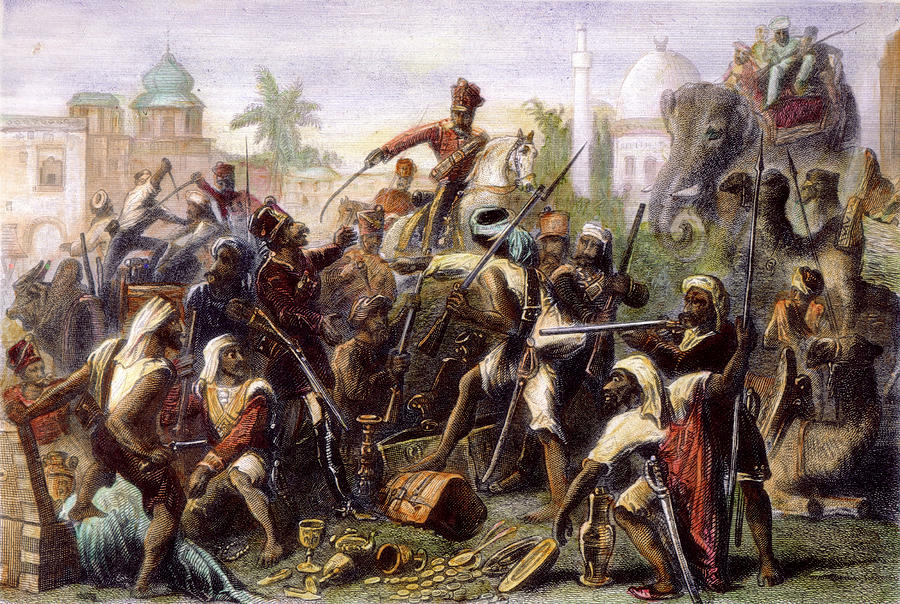
|
1857 |
| A Subaltern speaks: Dalit women’s counter-history of 1857 | |
| 1858 - 1976 | |
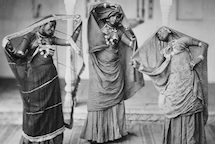
|
1858 - 1976 |
| Lifestyle as Resistance: The Curious Case of the Courtesans of Lucknow | |
| 1883 - 1894 | |
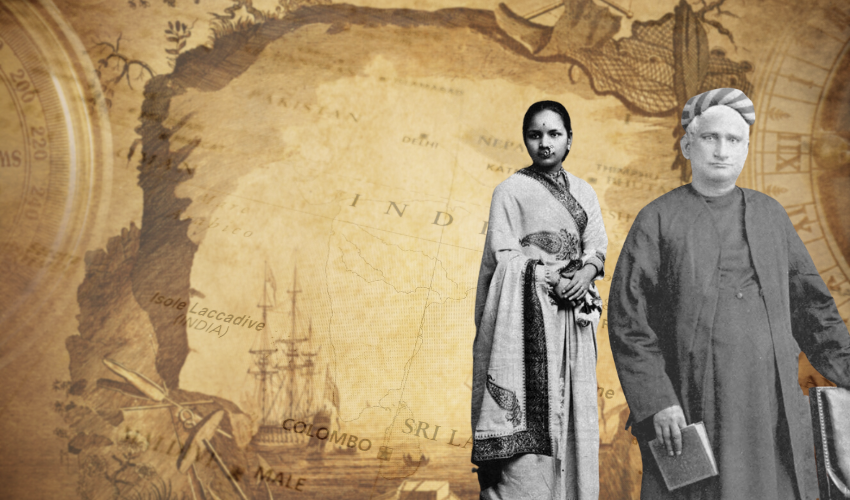
|
1883 - 1894 |
| The Sea Voyage Question: A Nineteenth century Debate | |
| 1887 | |
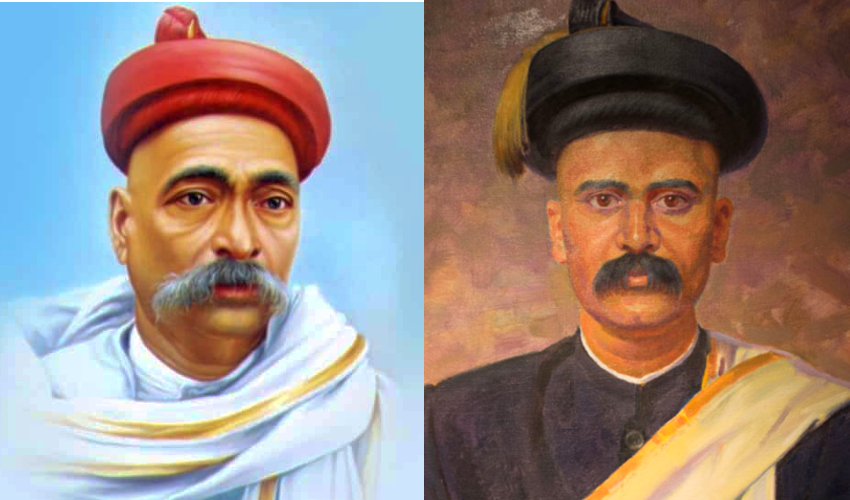
|
1887 |
| The Great Debaters: Tilak Vs. Agarkar | |
| 1893-1946 | |

|
1893-1946 |
| A Historian Recommends: Gandhi Vs. Caste | |
| 1897 | |
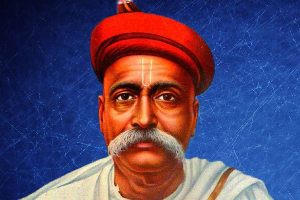
|
1897 |
| Queen Empress vs. Bal Gangadhar Tilak: An Autopsy | |
| 1913 - 1916 Modern Review | |
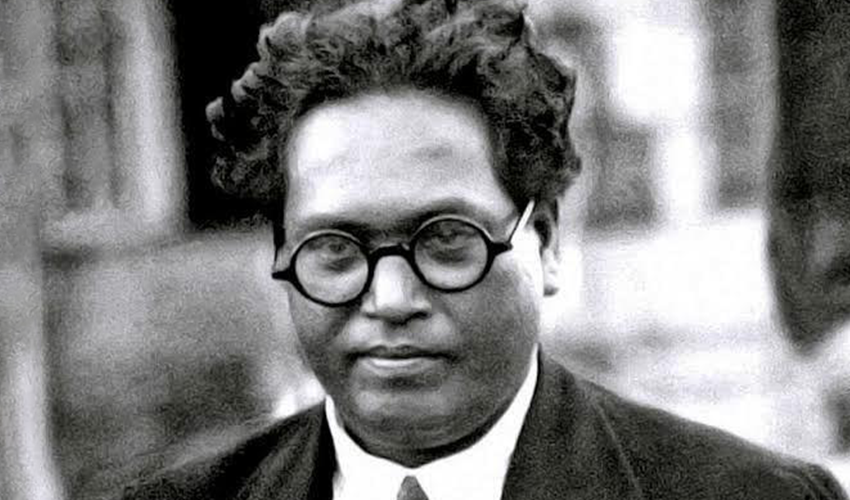
|
1913 - 1916 |
| A Young Ambedkar in New York | |
| 1916 | |
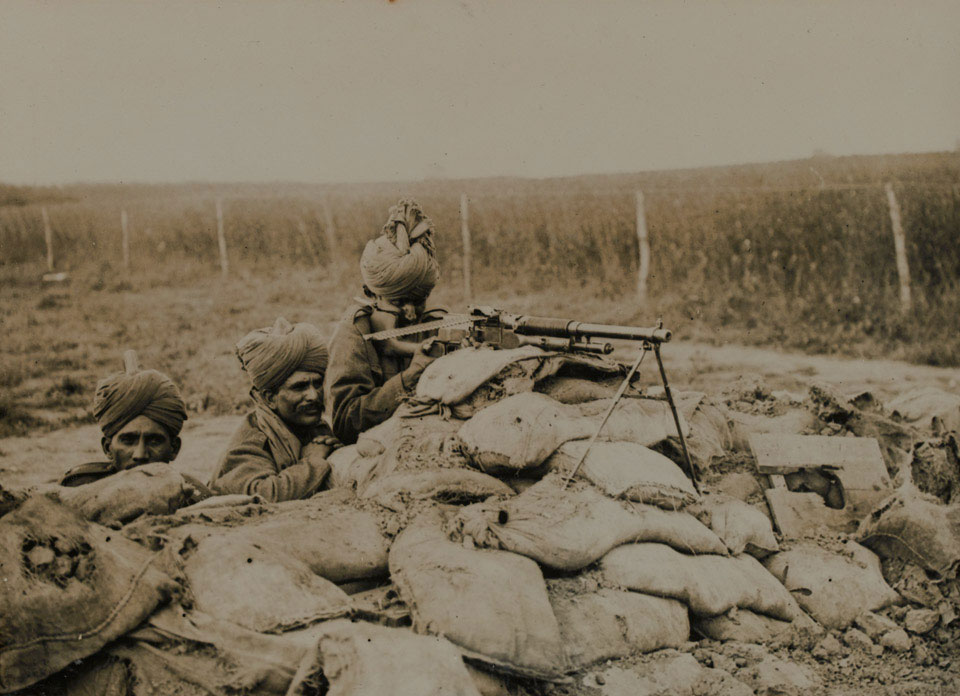
|
1916 |
| A Rare Account of World War I by an Indian Soldier | |
| 1917 | |
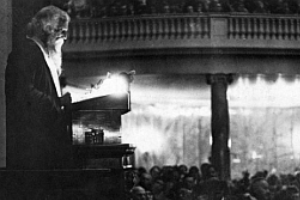
|
1917 |
| On Nationalism, by Tagore | |
| 1918 - 1919 | |

|
1918 - 1919 |
| What Happened to the Virus That Caused the World’s Deadliest Pandemic? | |
| 1920 - 1947 | |
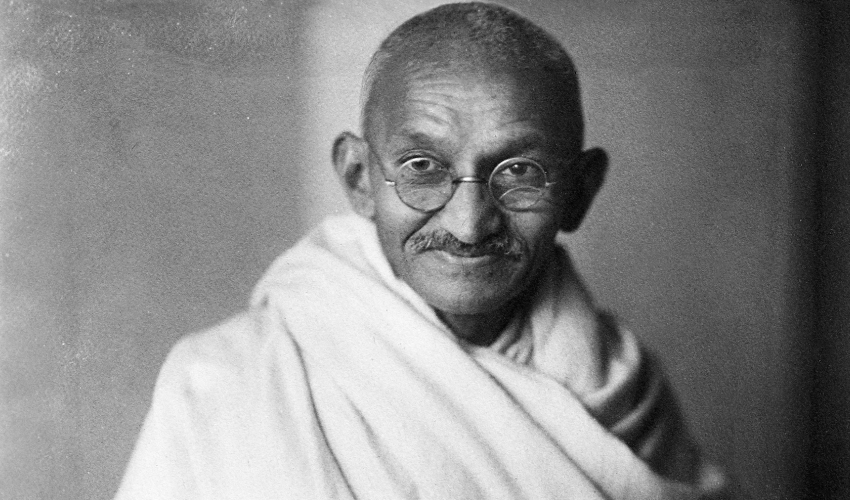
|
1920 - 1947 |
| How One Should Celebrate Diwali, According to Gandhi | |
| 1921 | |
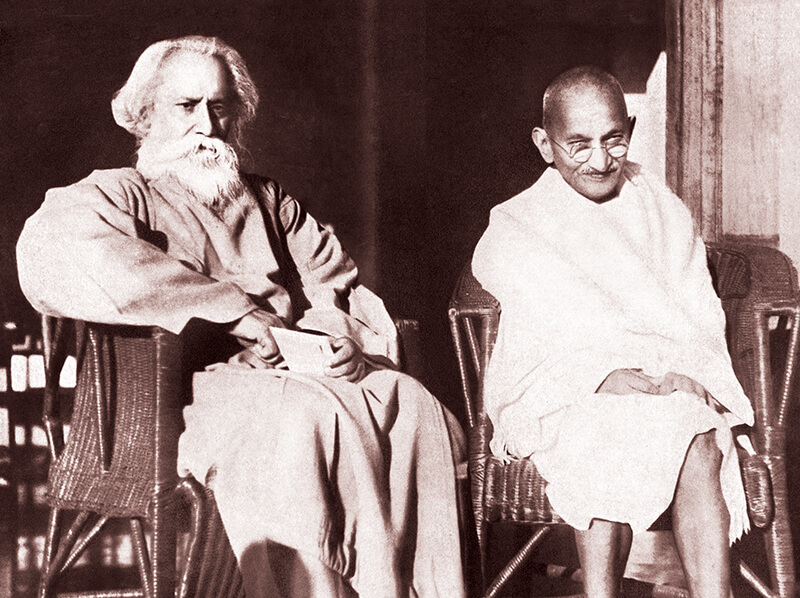
|
1921 |
| Great Debates: Tagore Vs. Gandhi (1921) | |
| 1921 - 2015 | |

|
1921 - 2015 |
| A History of Caste Politics and Elections in Bihar | |
| 1915-1921 | |

|
1915-1921 |
| The Satirical Genius of Gaganendranath Tagore | |
| 1924-1937 | |
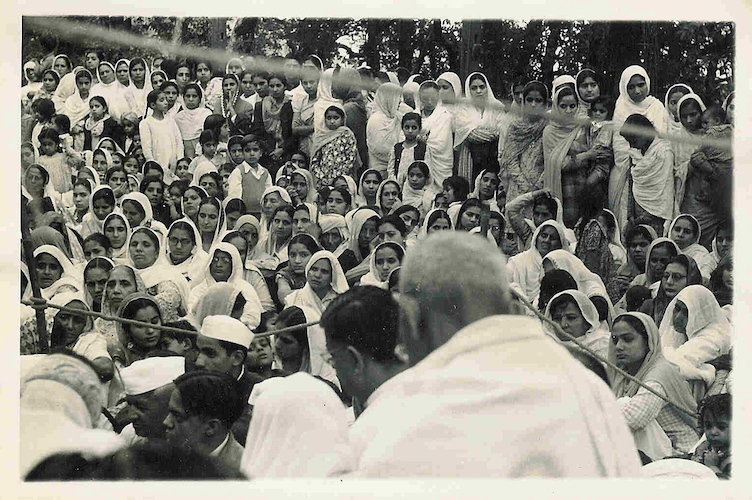
|
1924-1937 |
| What were Gandhi’s Views on Religious Conversion? | |
| 1900-1950 | |
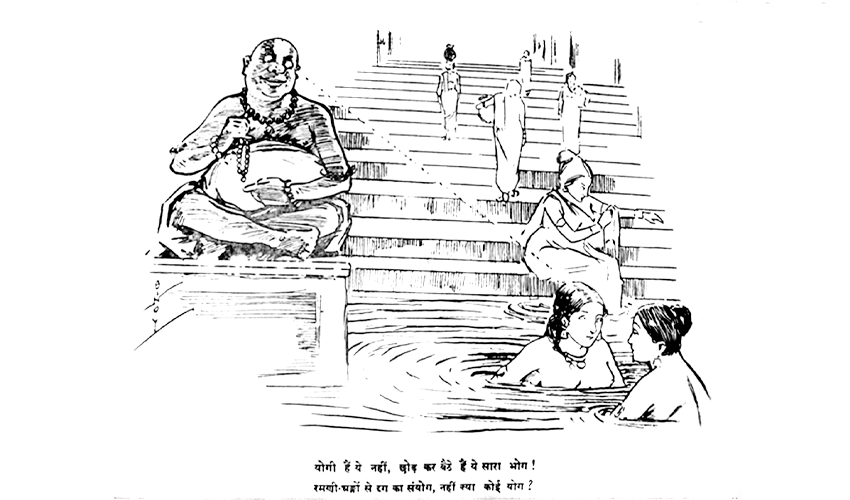
|
1900-1950 |
| Gazing at the Woman’s Body: Historicising Lust and Lechery in a Patriarchal Society | |
| 1925, 1926 | |
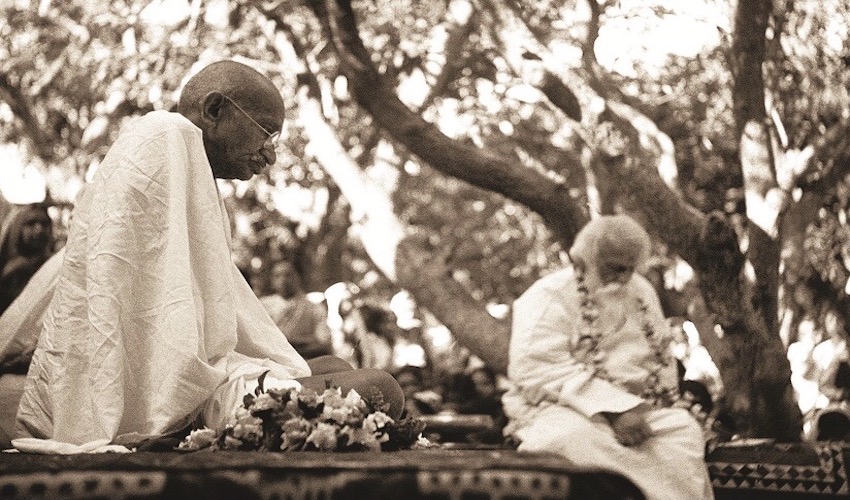
|
1925, 1926 |
| Great Debates: Tagore vs Gandhi (1925-1926) | |
| 1928 | |
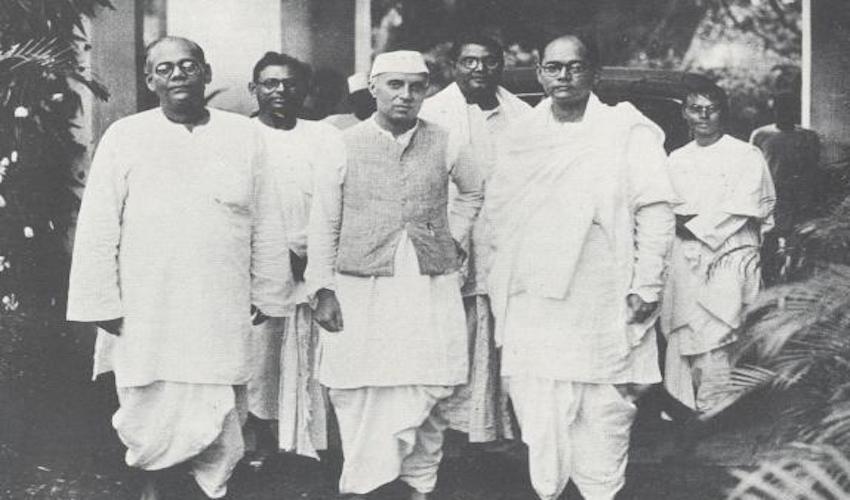
|
1928 |
| Bhagat Singh’s dilemma: Nehru or Bose? | |
| 1930 Modern Review | |
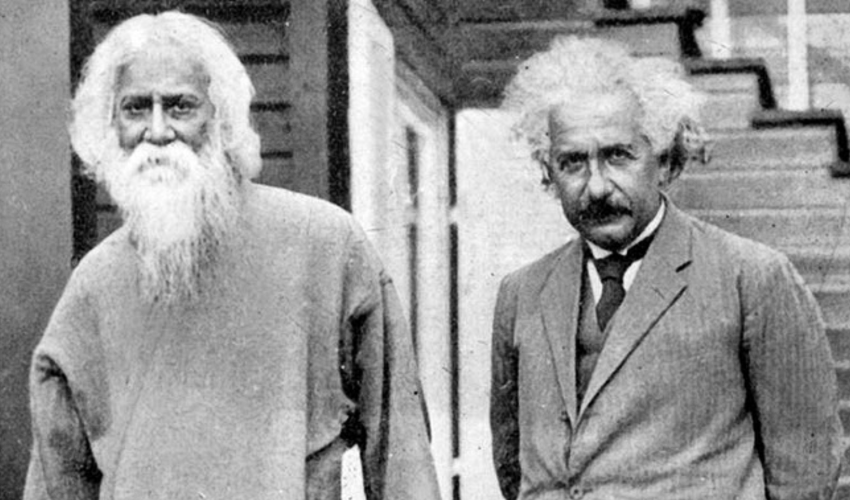
|
1930 |
| The Modern Review Special: On the Nature of Reality | |
| 1932 | |
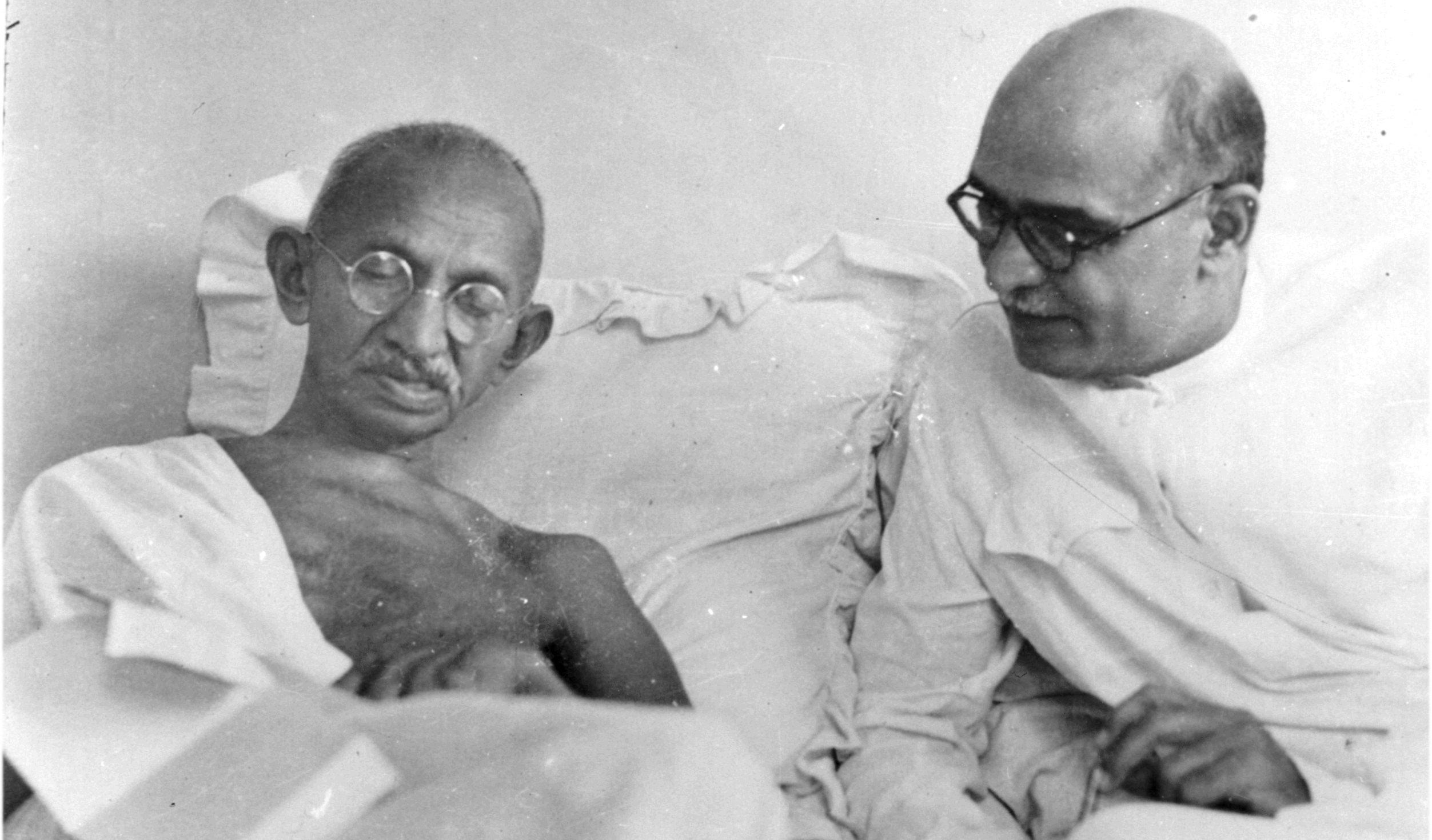
|
1932 |
| Caste, Gandhi and the Man Beside Gandhi | |
| 1933 - 1991 | |
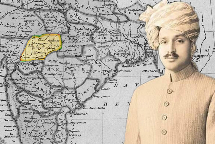
|
1933 - 1991 |
| Raghubir Sinh: The Prince Who Would Be Historian | |
| 1935 | |
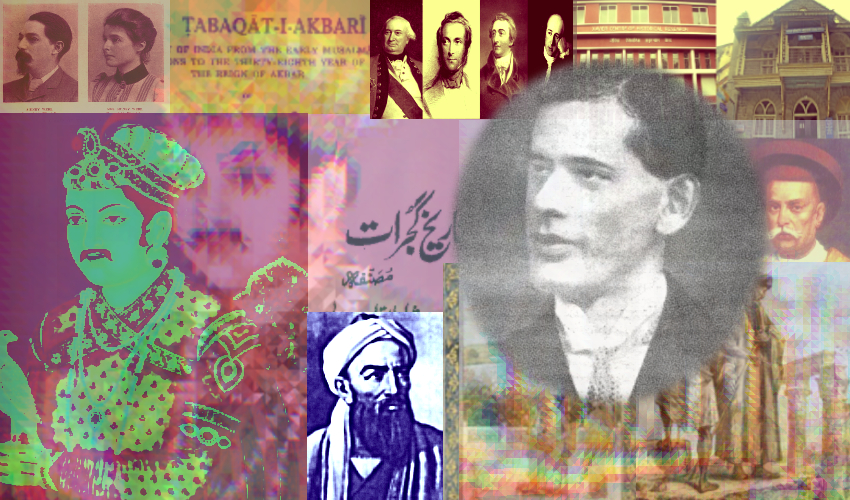
|
1935 |
| A Historian Recommends: SA Khan’s Timeless Presidential Address | |
| 1865-1928 | |
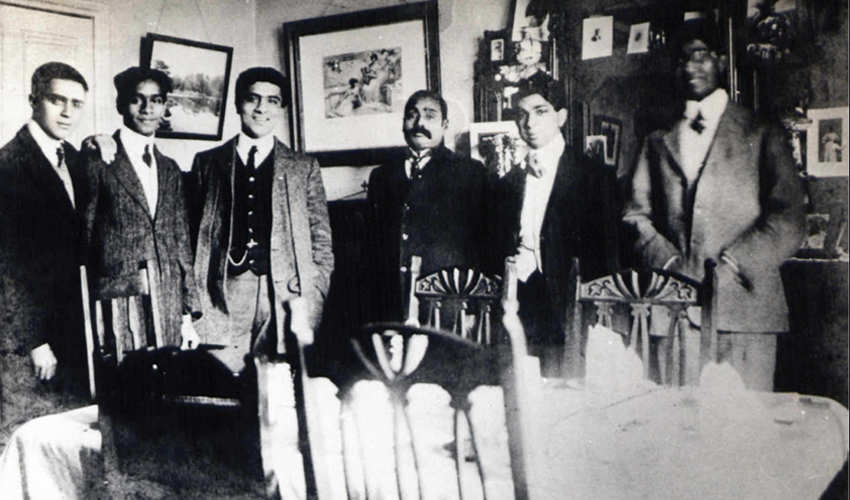
|
1865-1928 |
| Understanding Lajpat Rai’s Hindu Politics and Secularism | |
| 1935 Modern Review | |
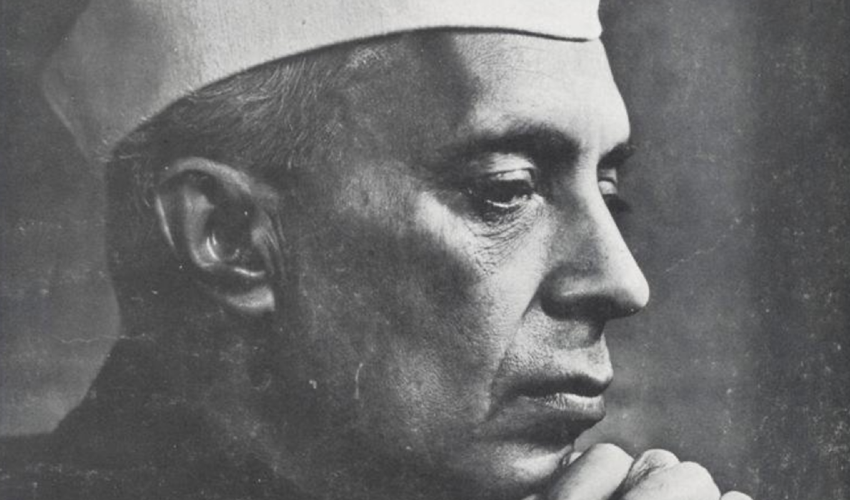
|
1935 |
| The Modern Review Special: The Mind of a Judge | |
| 1936 Modern Review | |
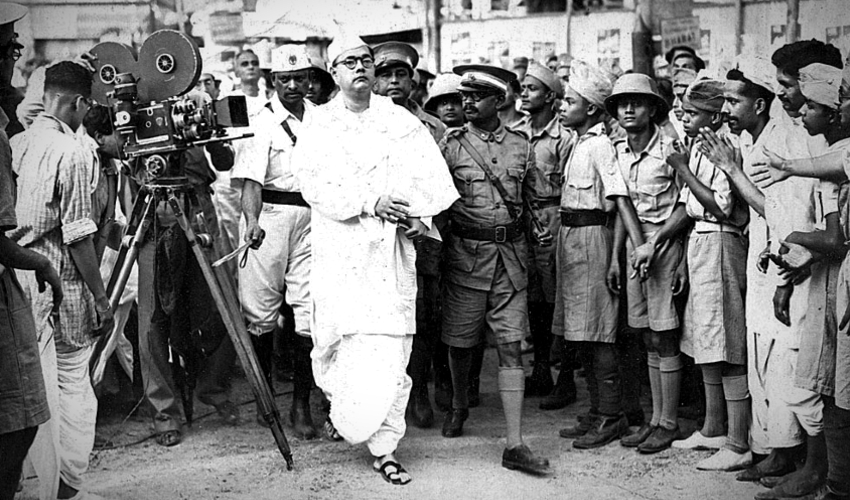
|
1936 |
| The Modern Review Special: When Netaji Subhas Bose Was Wrongfully Detained for ‘Terrorism’ | |
| 1936 | |

|
1936 |
| Annihilation of Caste: Part 1 | |
| 1936 Modern Review | |

|
1936 |
| The Modern Review Special: An Indian MP in the British Parliament | |
| 1936 | |
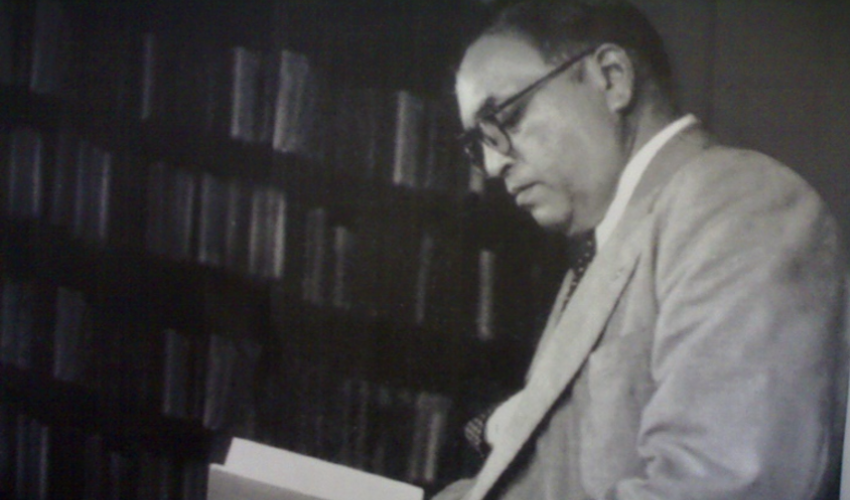
|
1936 |
| Annihilation of Caste: Part 2 | |
| 1936 | |

|
1936 |
| A Reflection of His Age: Munshi Premchand on the True Purpose of Literature | |
| 1936 Modern Review | |
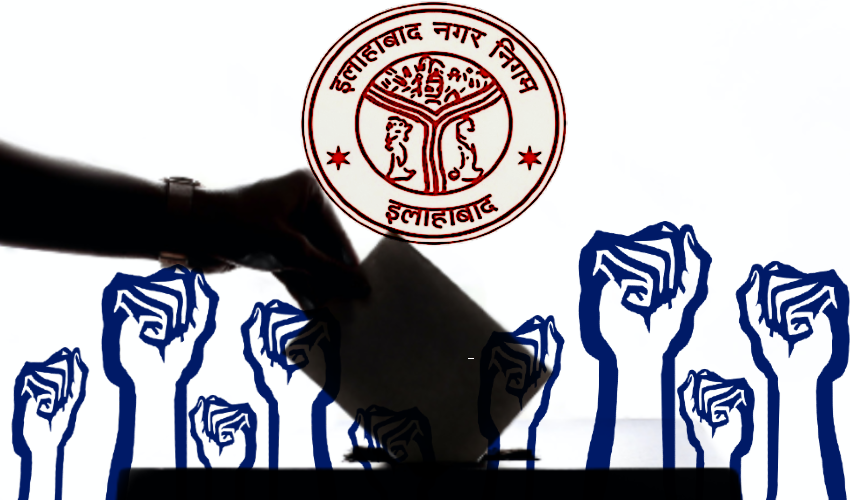
|
1936 |
| The Modern Review Special: The Defeat of a Dalit Candidate in a 1936 Municipal Election | |
| 1937 Modern Review | |
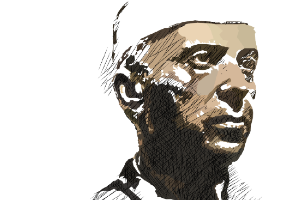
|
1937 |
| The Modern Review Special: Rashtrapati | |
| 1938 | |
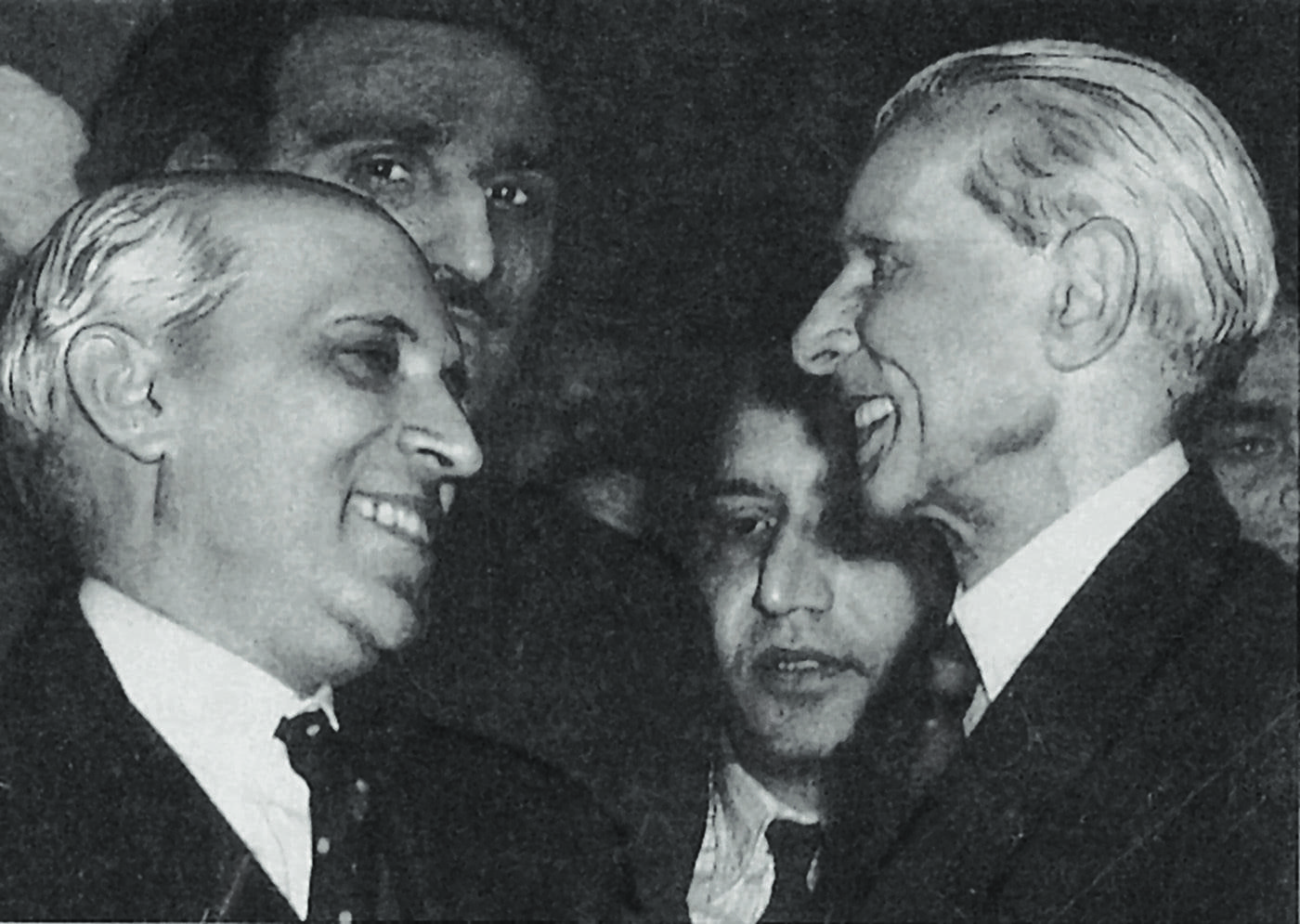
|
1938 |
| Great Debates: Nehru Vs. Jinnah (1938) | |
| 1942 Modern Review | |
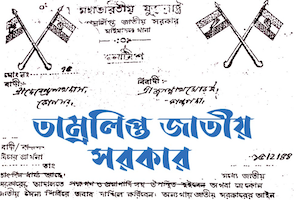
|
1942 |
| IHC Uncovers: A Parallel Government In British India (Part 1) | |
| 1942-1945 | |

|
1942-1945 |
| IHC Uncovers: A Parallel Government in British India (Part 2) | |
| 1946 | |
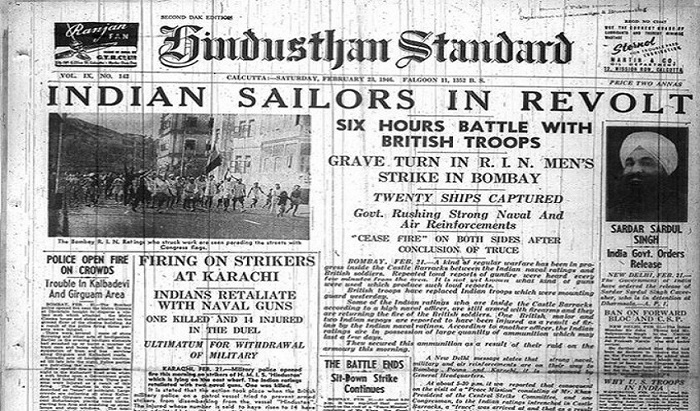
|
1946 |
| Our Last War of Independence: The Royal Indian Navy Mutiny of 1946 | |
| 1946 | |
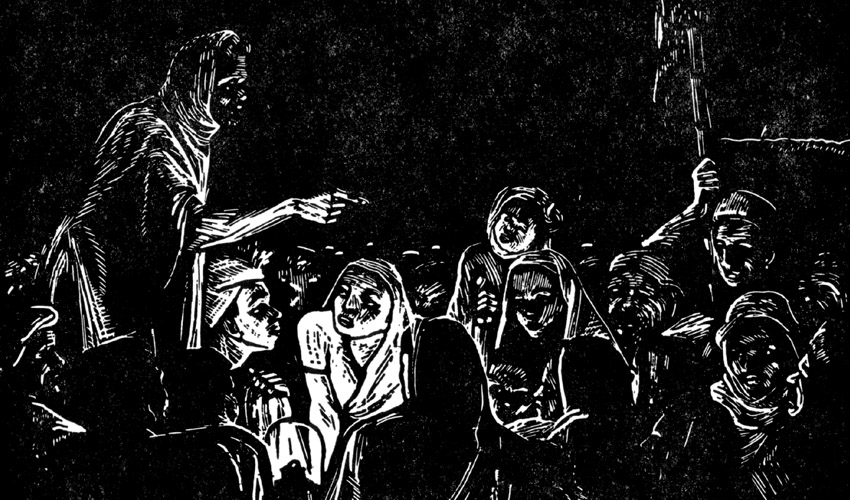
|
1946 |
| An Artist’s Account of the Tebhaga Movement in Pictures And Prose | |
| 1946 – 1947 | |

|
1946 – 1947 |
| “The Most Democratic People on Earth” : An Adivasi Voice in the Constituent Assembly | |
| 1946-1947 | |
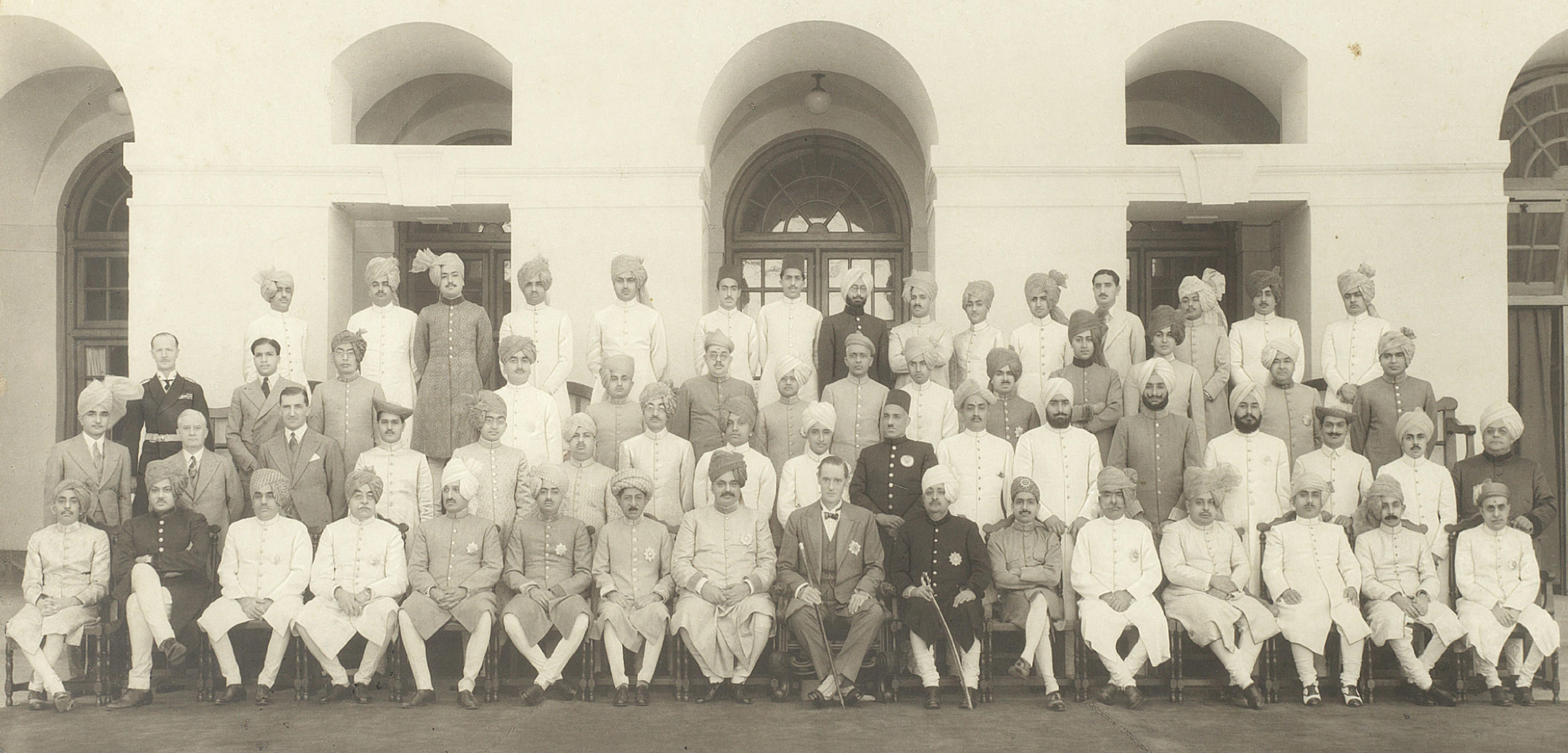
|
1946-1947 |
| VP Menon and the Birth of Independent India | |
| 1916 - 1947 | |
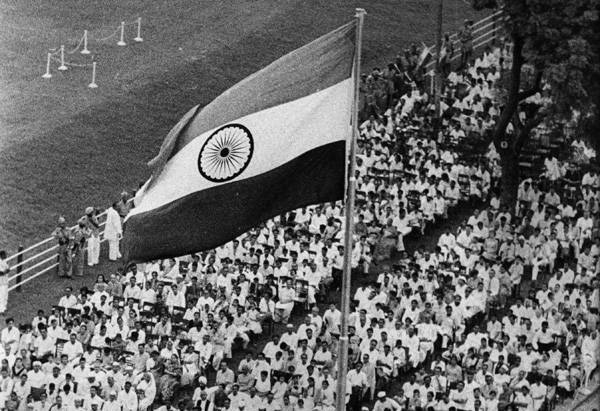
|
1916 - 1947 |
| 8 @ 75: 8 Speeches Independent Indians Must Read | |
| 1947-1951 | |
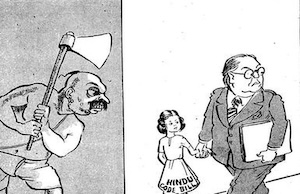
|
1947-1951 |
| Ambedkar Cartoons: The Joke’s On Us | |
| 1948 | |

|
1948 |
| “My Father, Do Not Rest” | |
| 1940-1960 | |

|
1940-1960 |
| Integration Myth: A Silenced History of Hyderabad | |
| 1948 | |
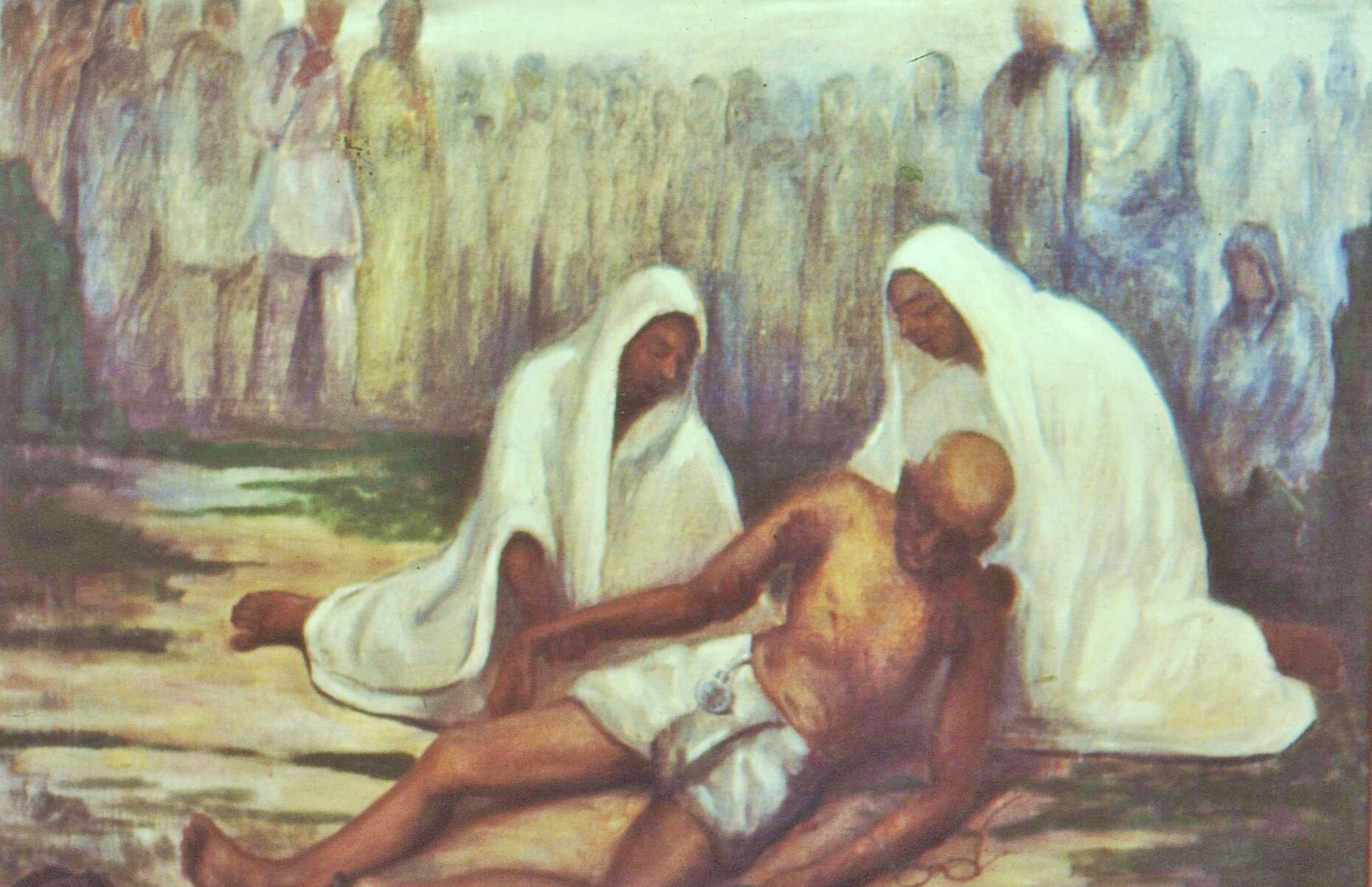
|
1948 |
| The Assassination of a Mahatma, the Princely States and the ‘Hindu’ Nation | |
| 1949 | |
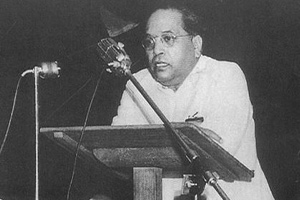
|
1949 |
| Ambedkar warns against India becoming a ‘Democracy in Form, Dictatorship in Fact’ | |
| 1950 | |
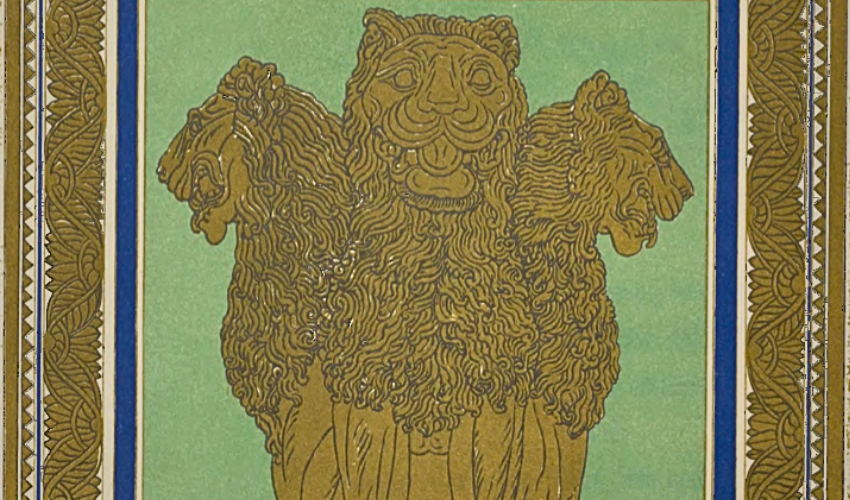
|
1950 |
| Illustrations from the constitution | |
| 1951 | |
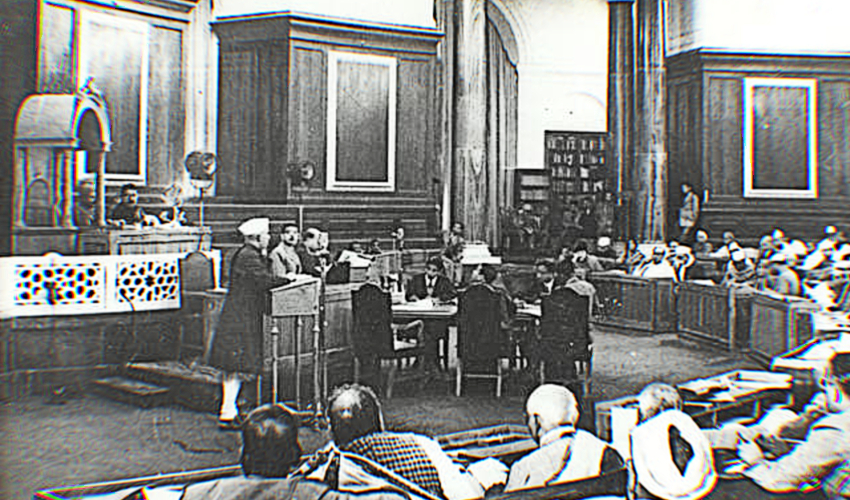
|
1951 |
| How the First Amendment to the Indian Constitution Circumscribed Our Freedoms & How it was Passed | |
| 1967 | |
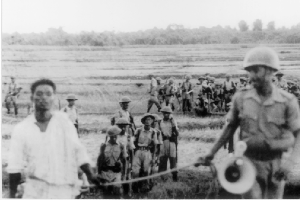
|
1967 |
| Once Upon A Time In Naxalbari | |
| 1970 | |
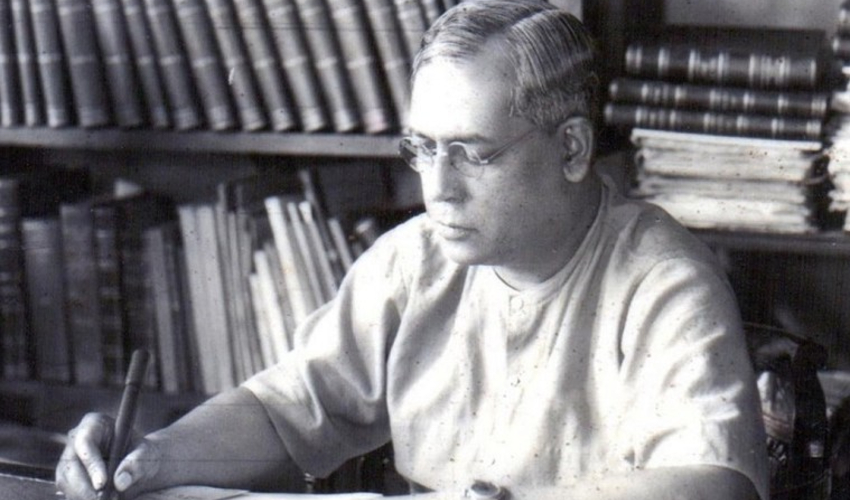
|
1970 |
| R.C. Majumdar on Shortcomings in Indian Historiography | |
| 1973 - 1993 | |
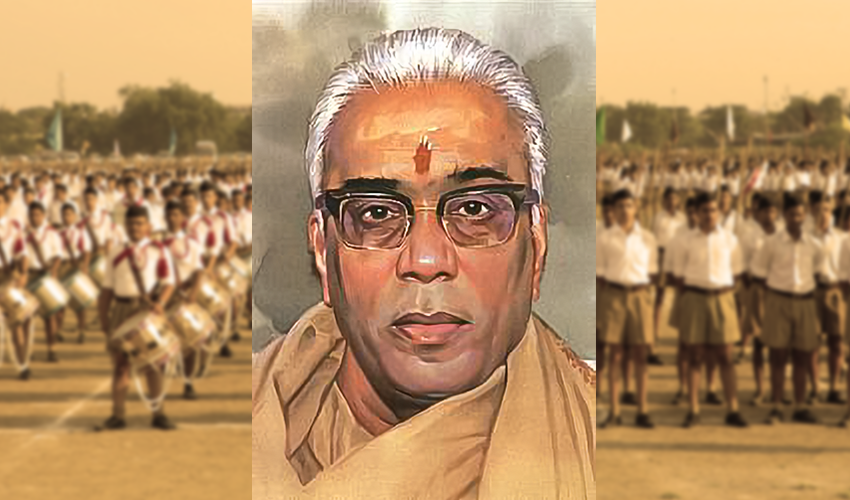
|
1973 - 1993 |
| Balasaheb Deoras: Kingmaker of the Sangh | |
| 1975 | |
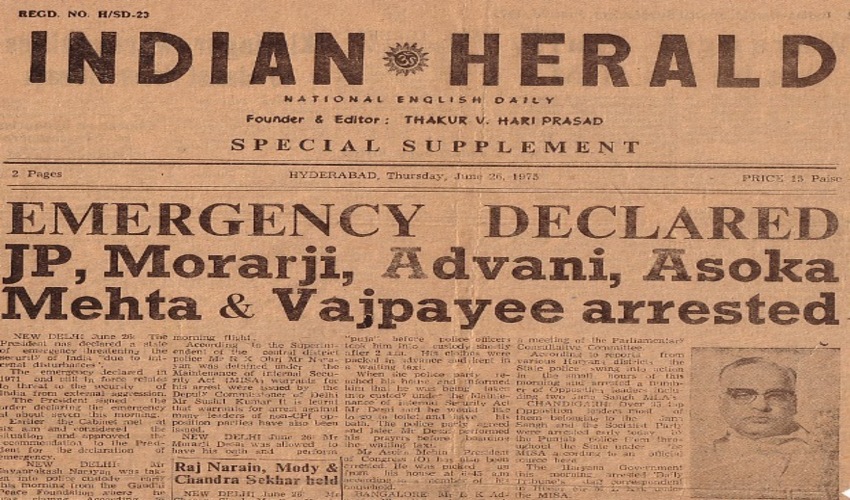
|
1975 |
| The Emergency Package: Shadow Power | |
| 1975 | |

|
1975 |
| The Emergency Package: The Prehistory of Turkman Gate – Population Control | |
| 1977 – 2011 | |
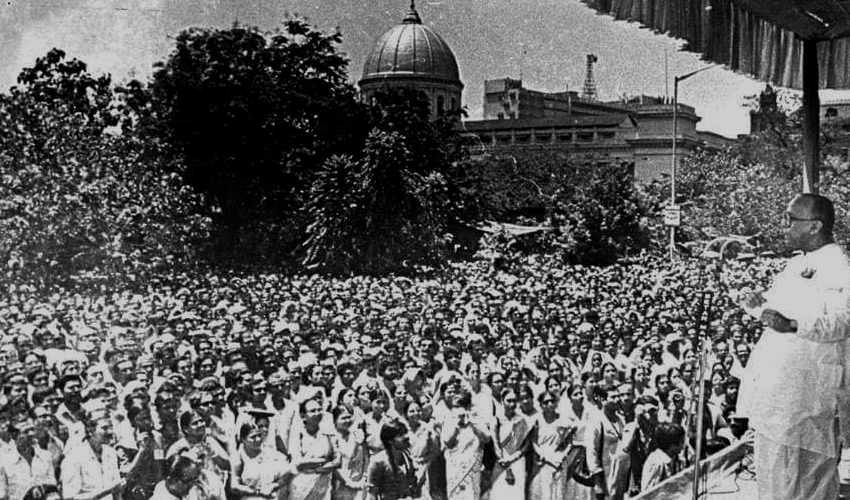
|
1977 – 2011 |
| Power is an Unforgiving Mistress: Lessons from the Decline of the Left in Bengal | |
| 1984 | |

|
1984 |
| Mrs Gandhi’s Final Folly: Operation Blue Star | |
| 1916-2004 | |
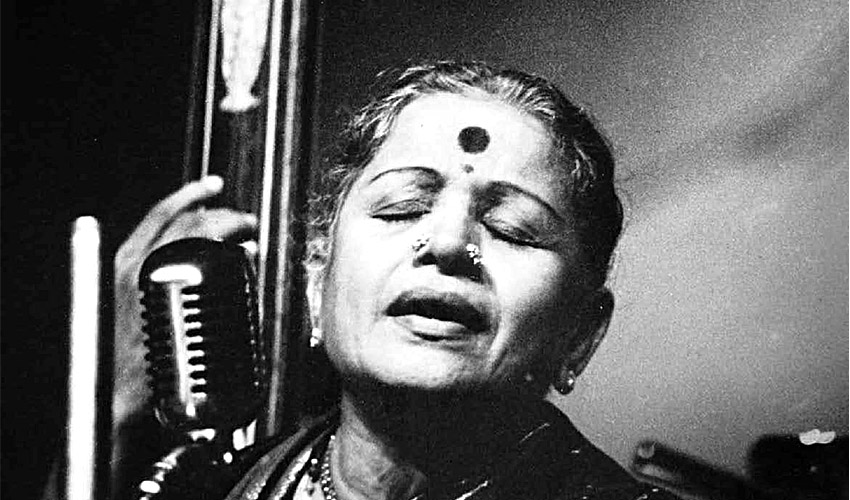
|
1916-2004 |
| Amjad Ali Khan on M.S. Subbulakshmi: “A Glorious Chapter for Indian Classical Music” | |
| 2008 | |
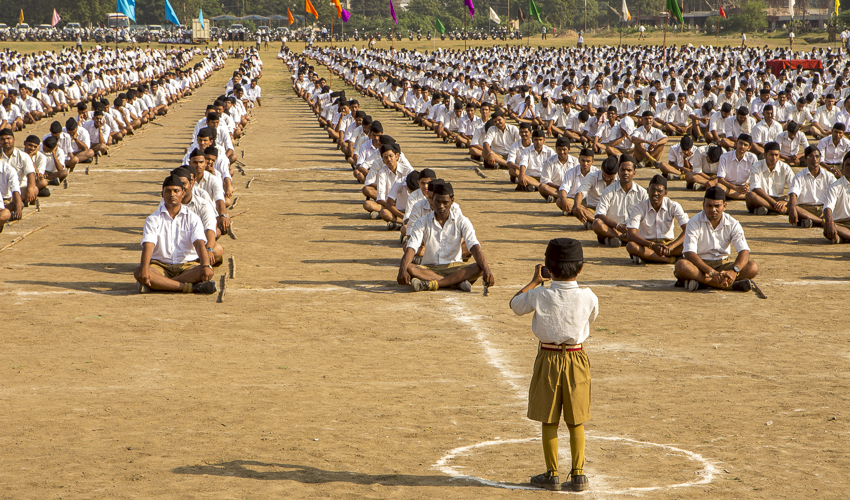
|
2008 |
| Whose History Textbook Is It Anyway? | |
| 2006 - 2009 | |
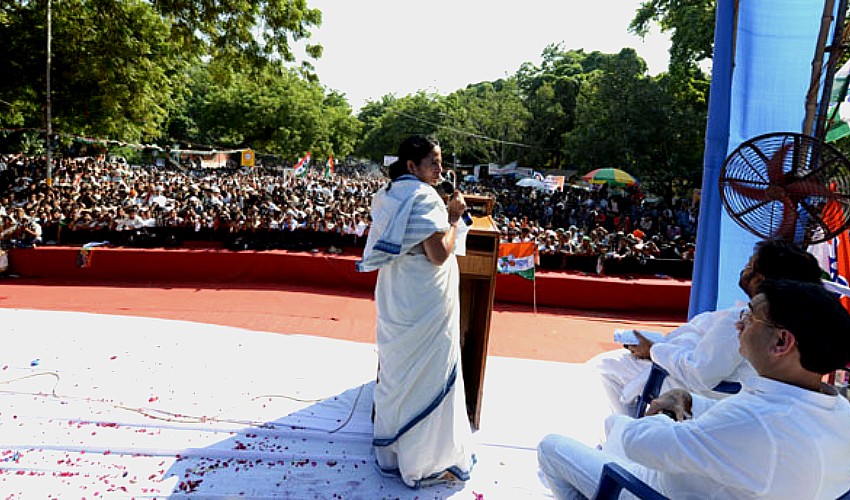
|
2006 - 2009 |
| Singur-Nandigram-Lalgarh: Movements that Remade Mamata Banerjee | |
| 2020 | |

|
2020 |
| The Indo-China Conflict: 10 Books We Need To Read | |
| 2021 | |

|
2021 |
| Singing/Writing Liberation: Dalit Women’s Narratives | |
Leave a Reply